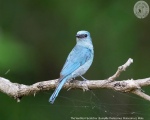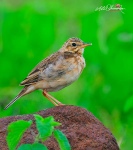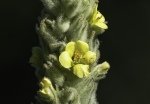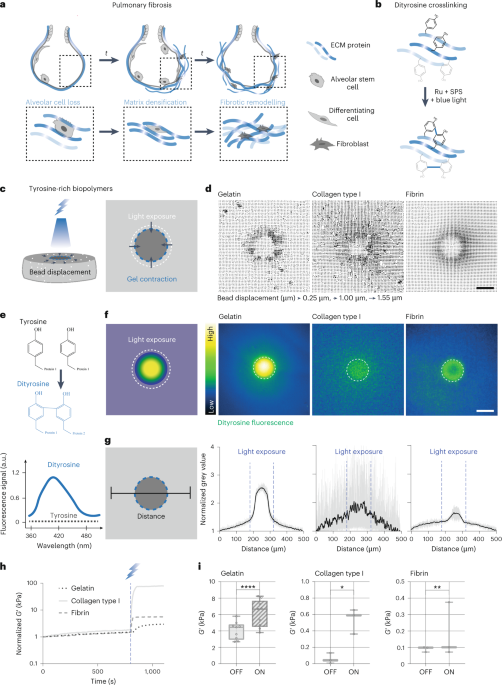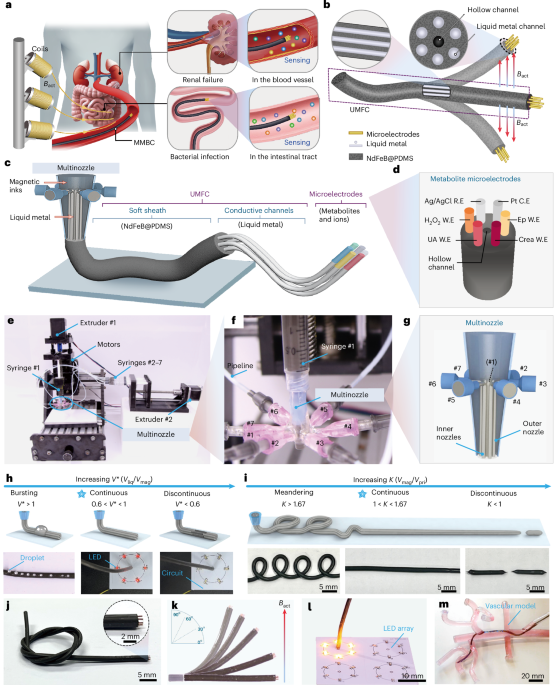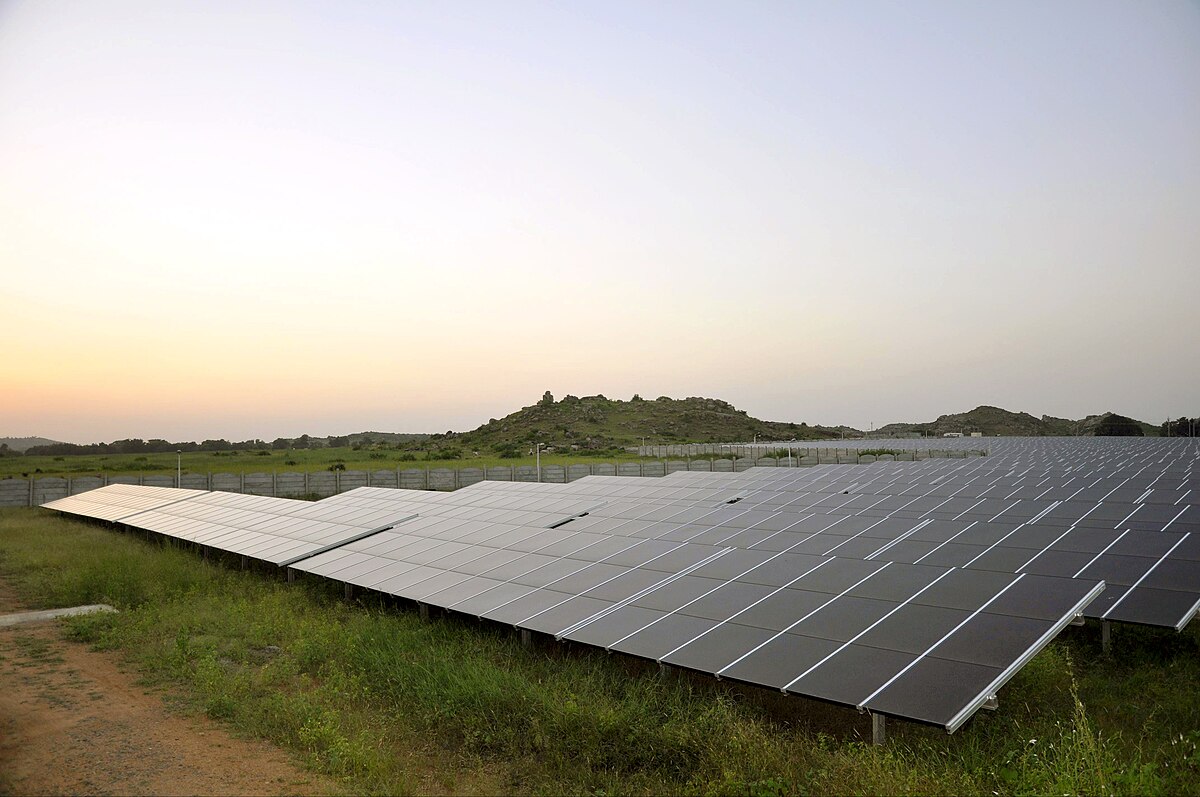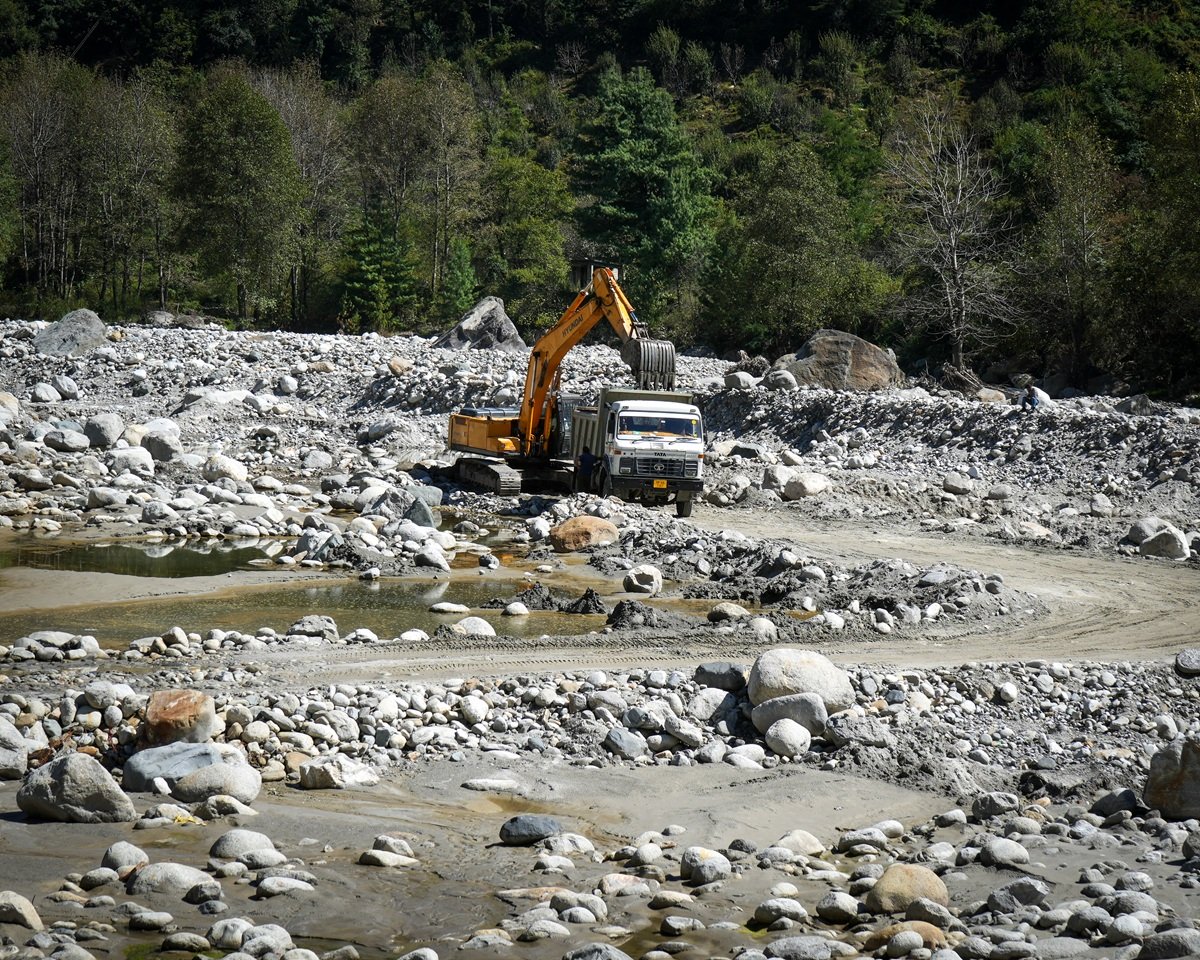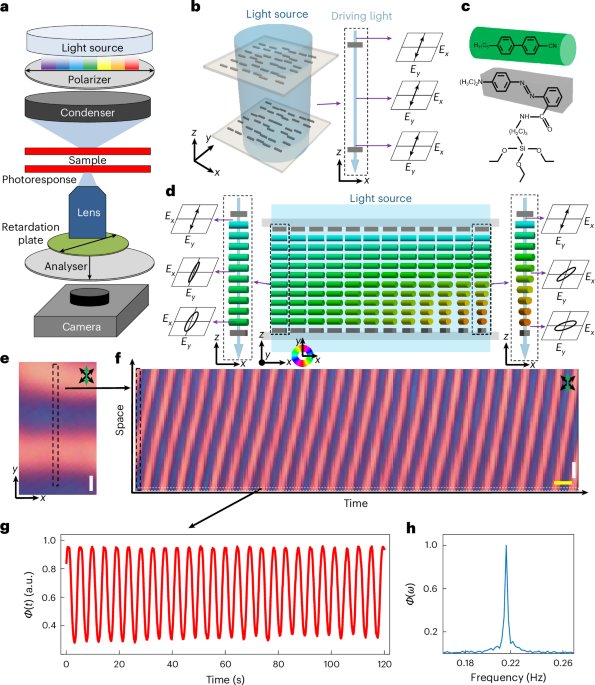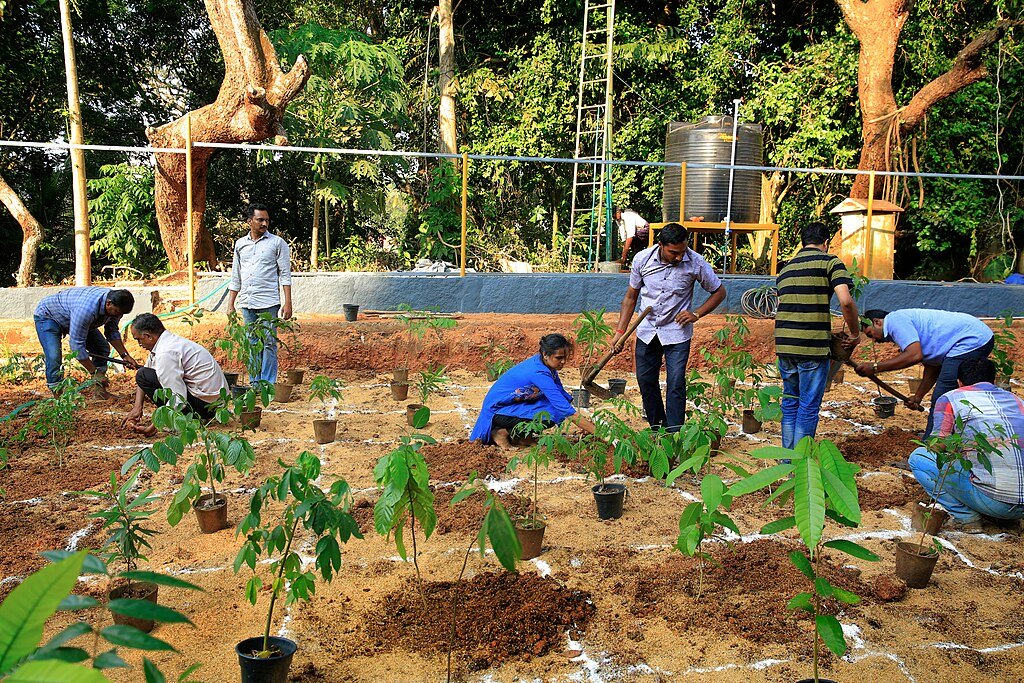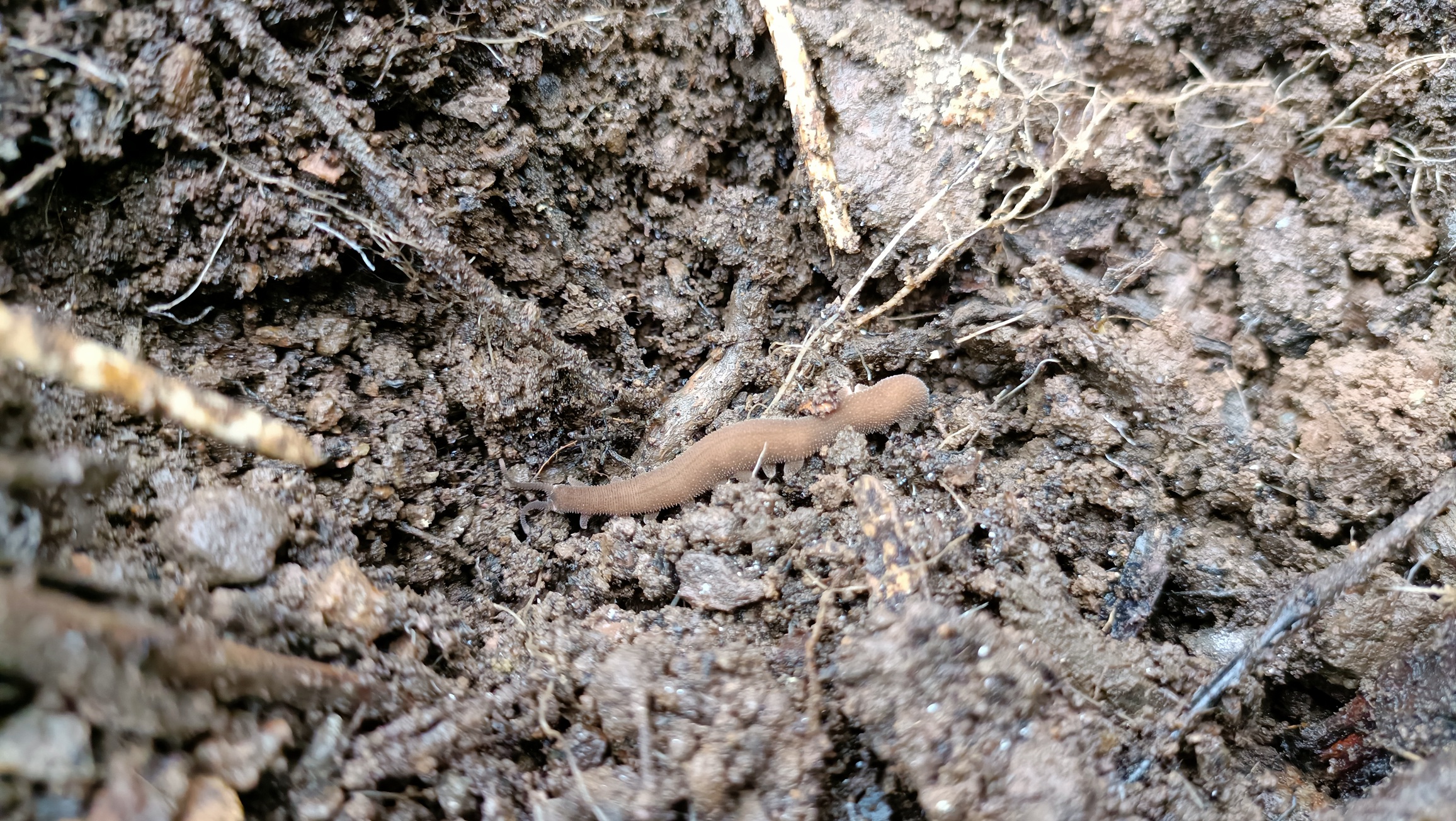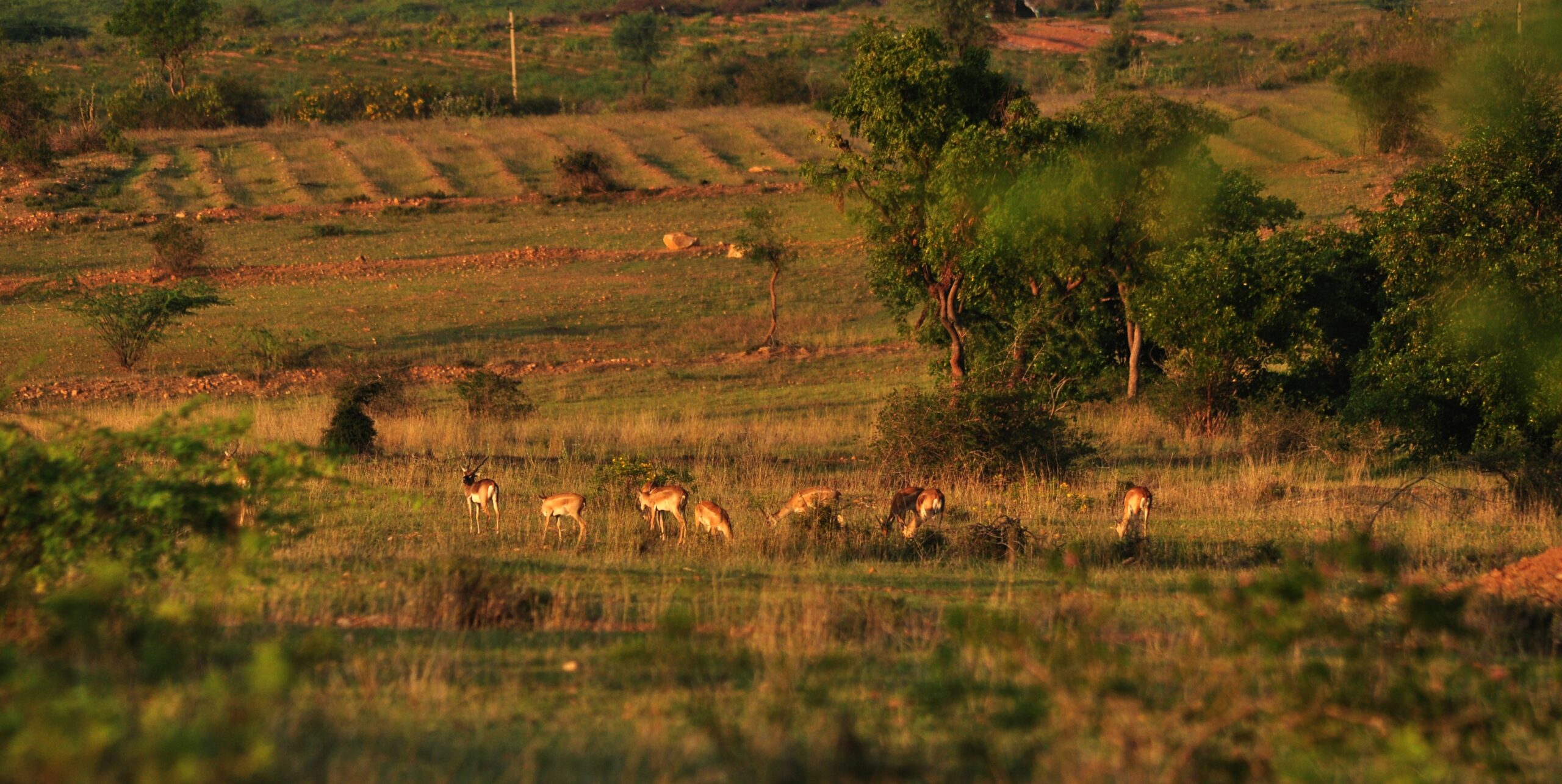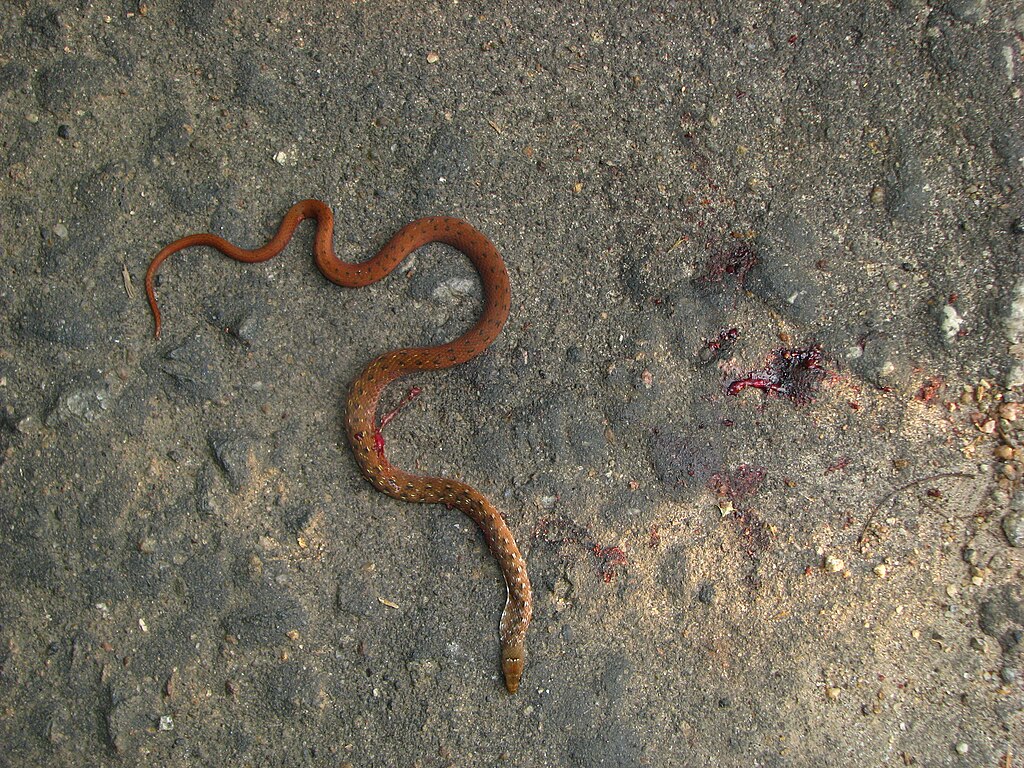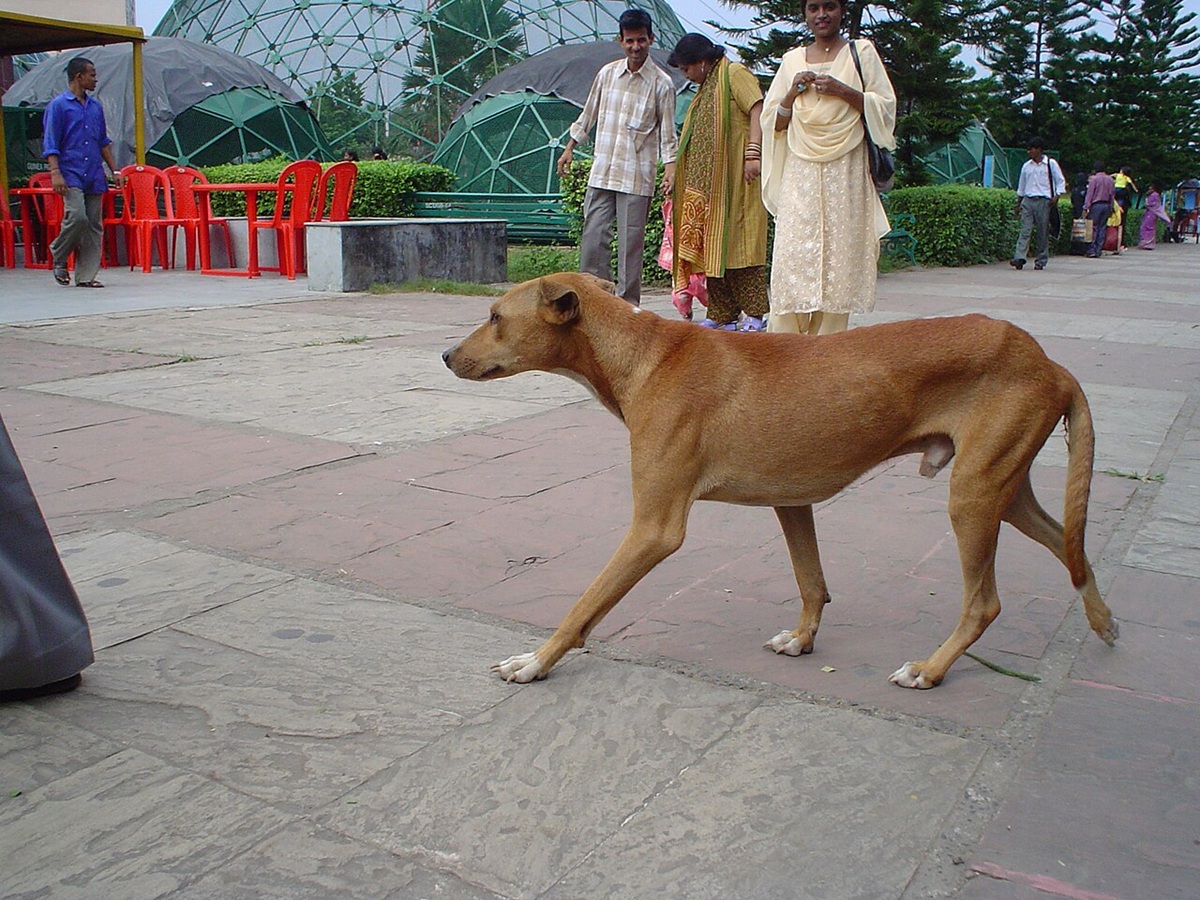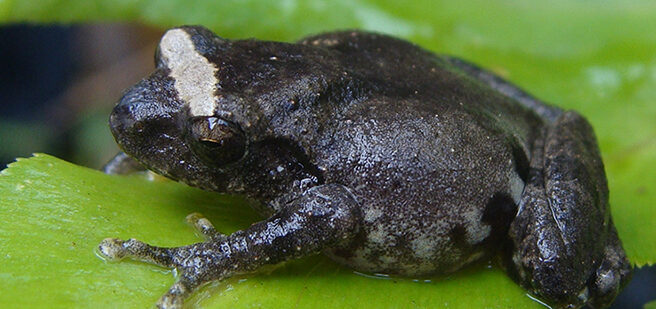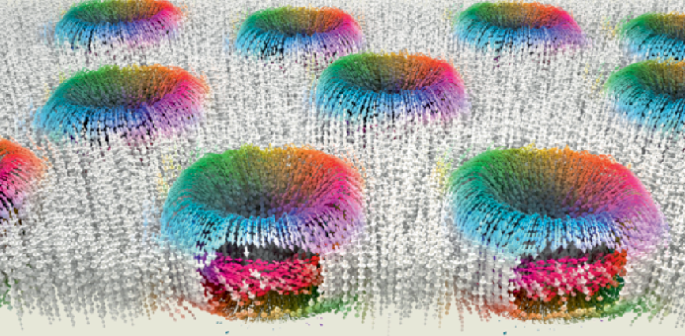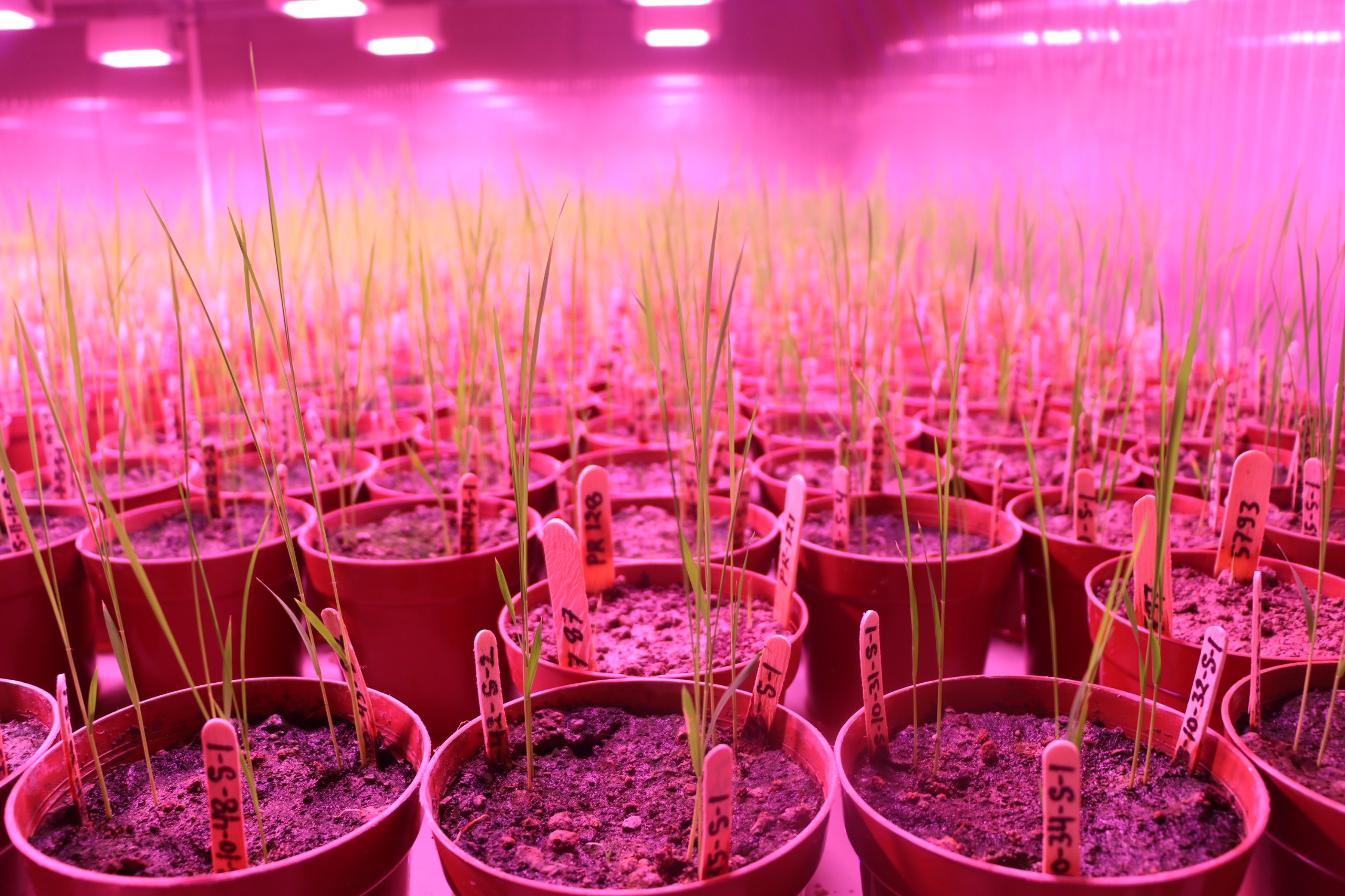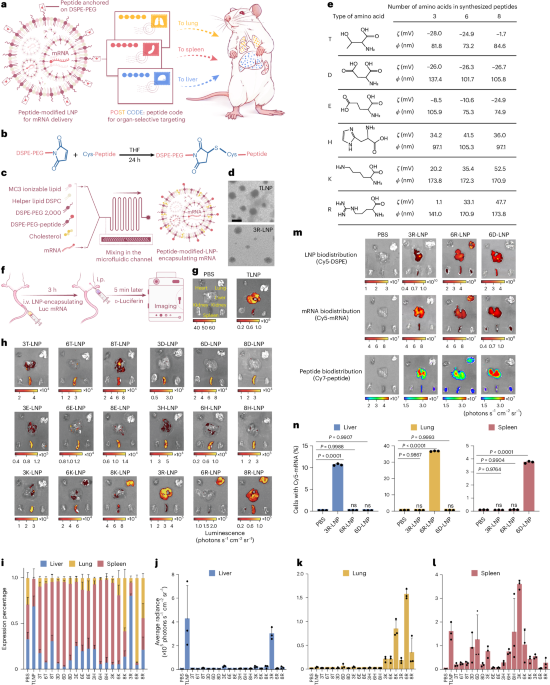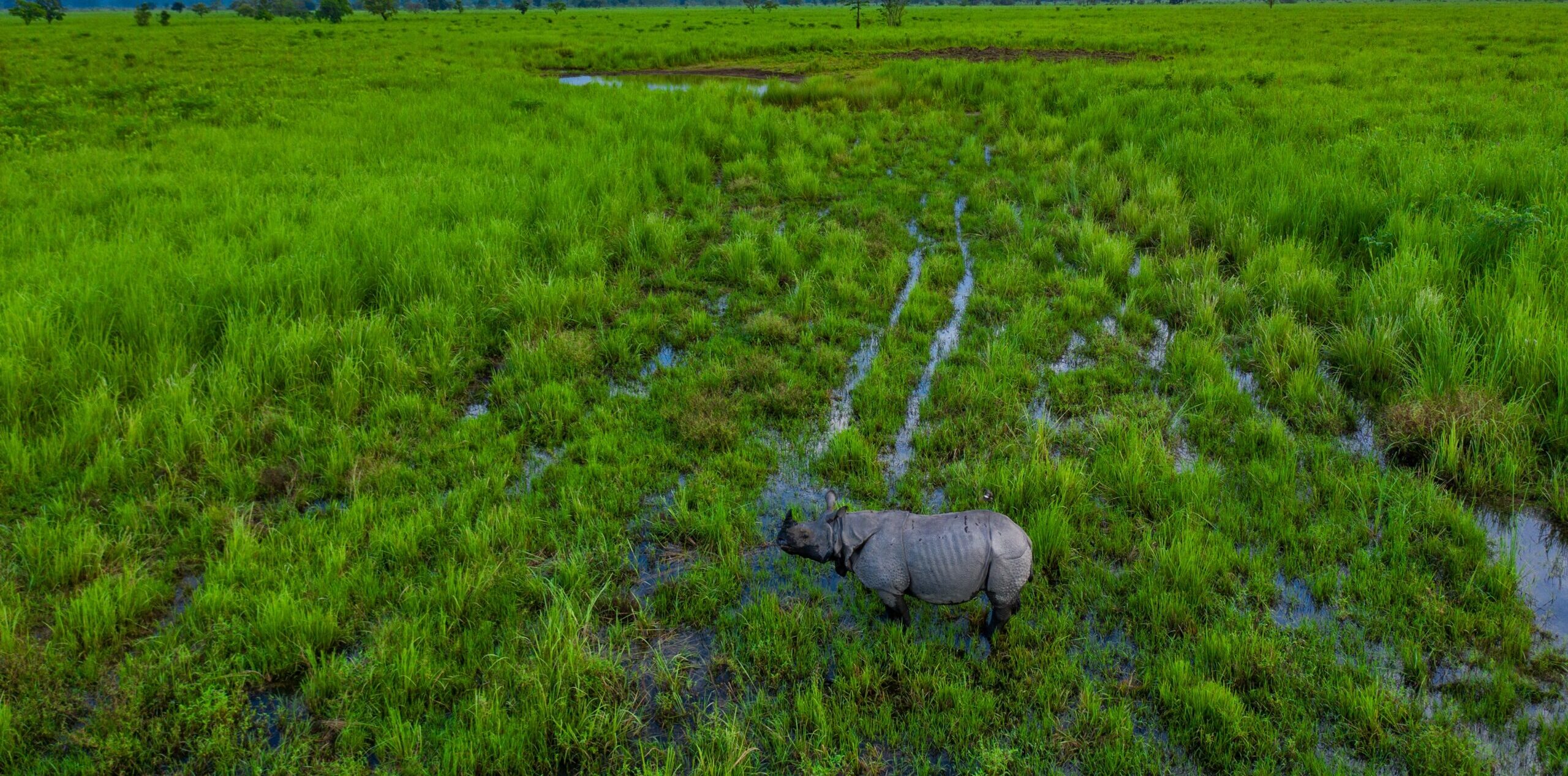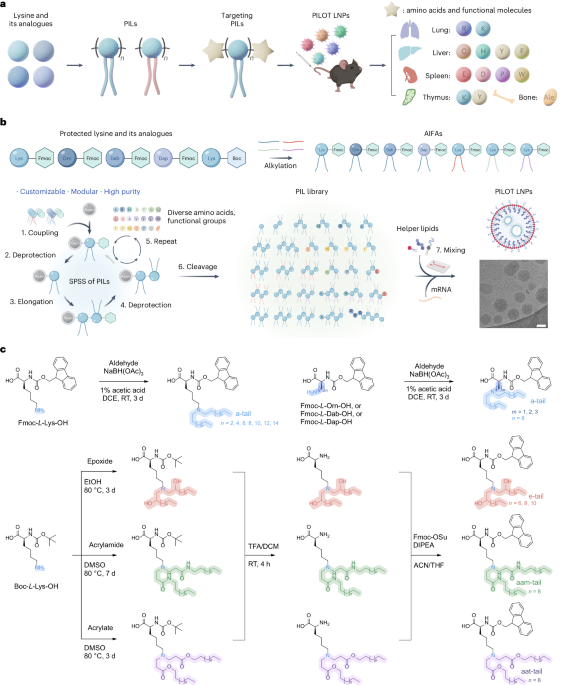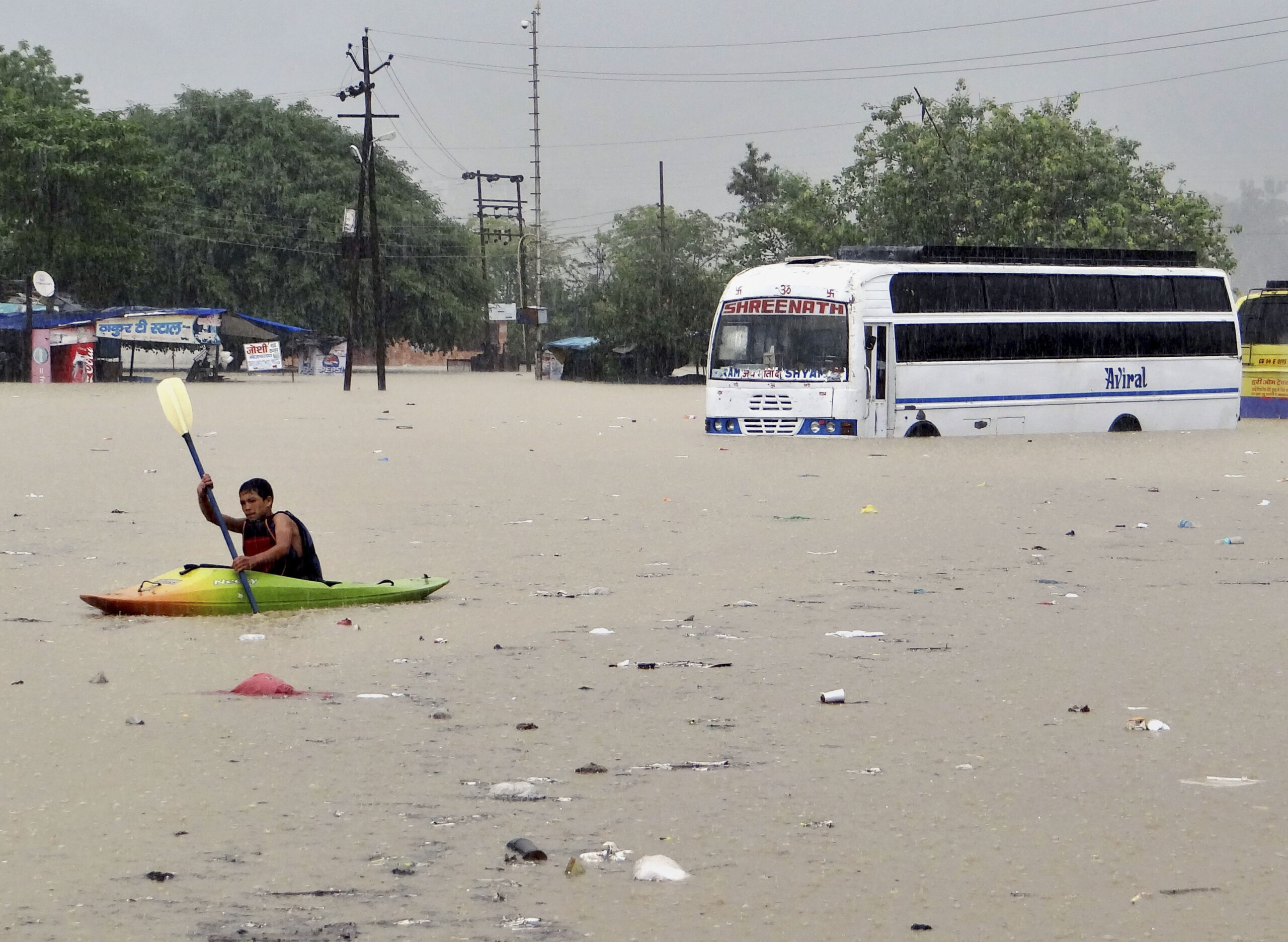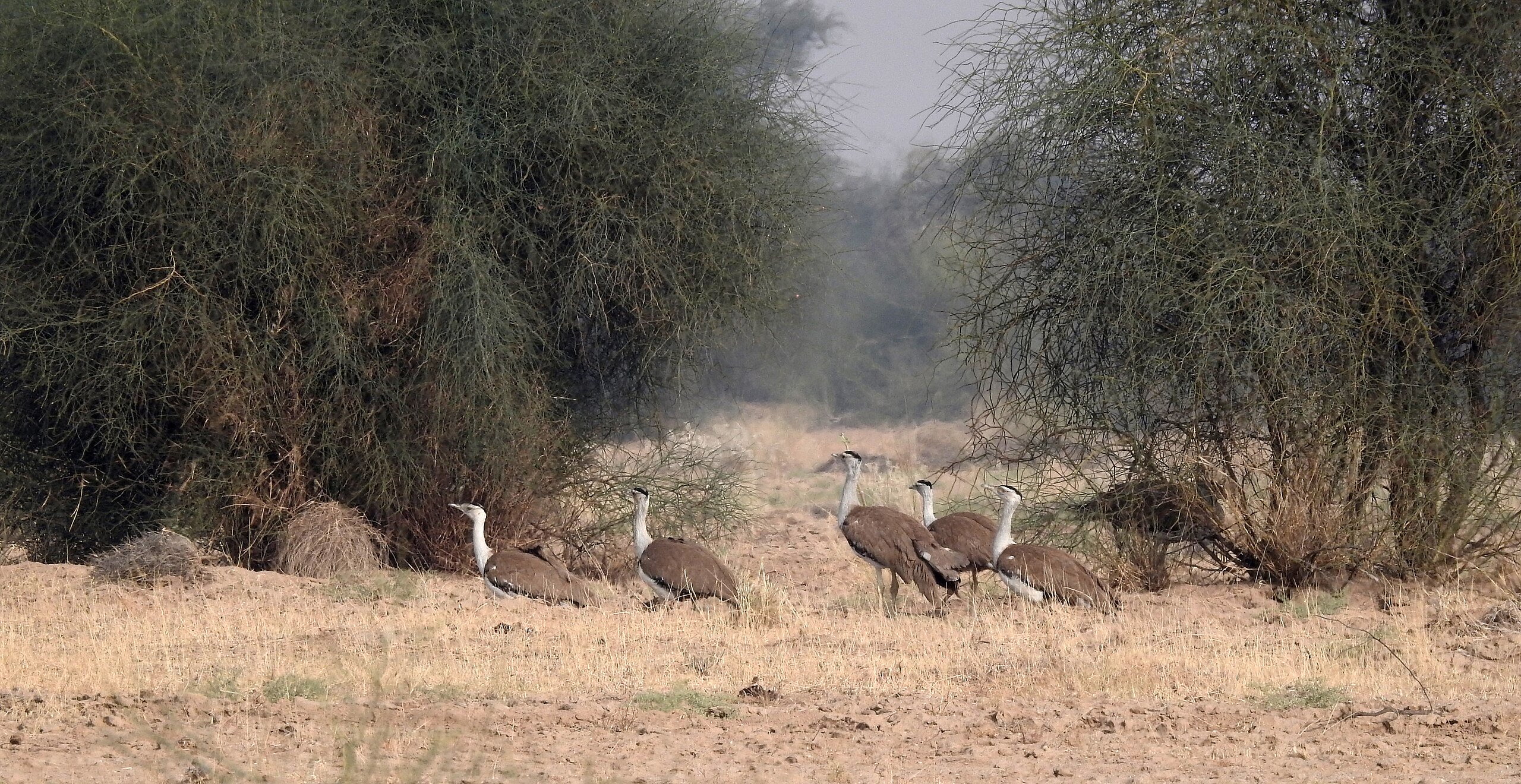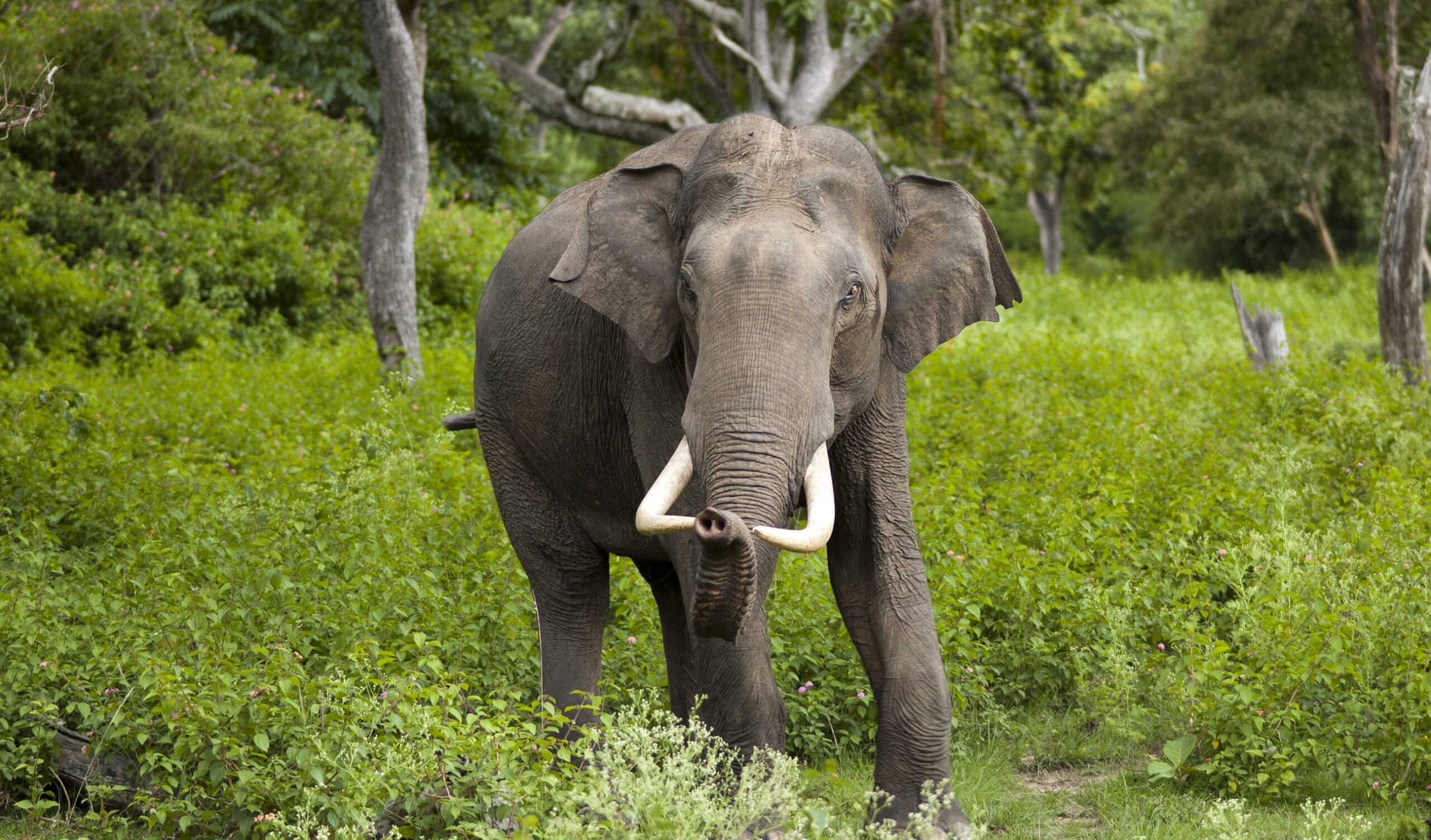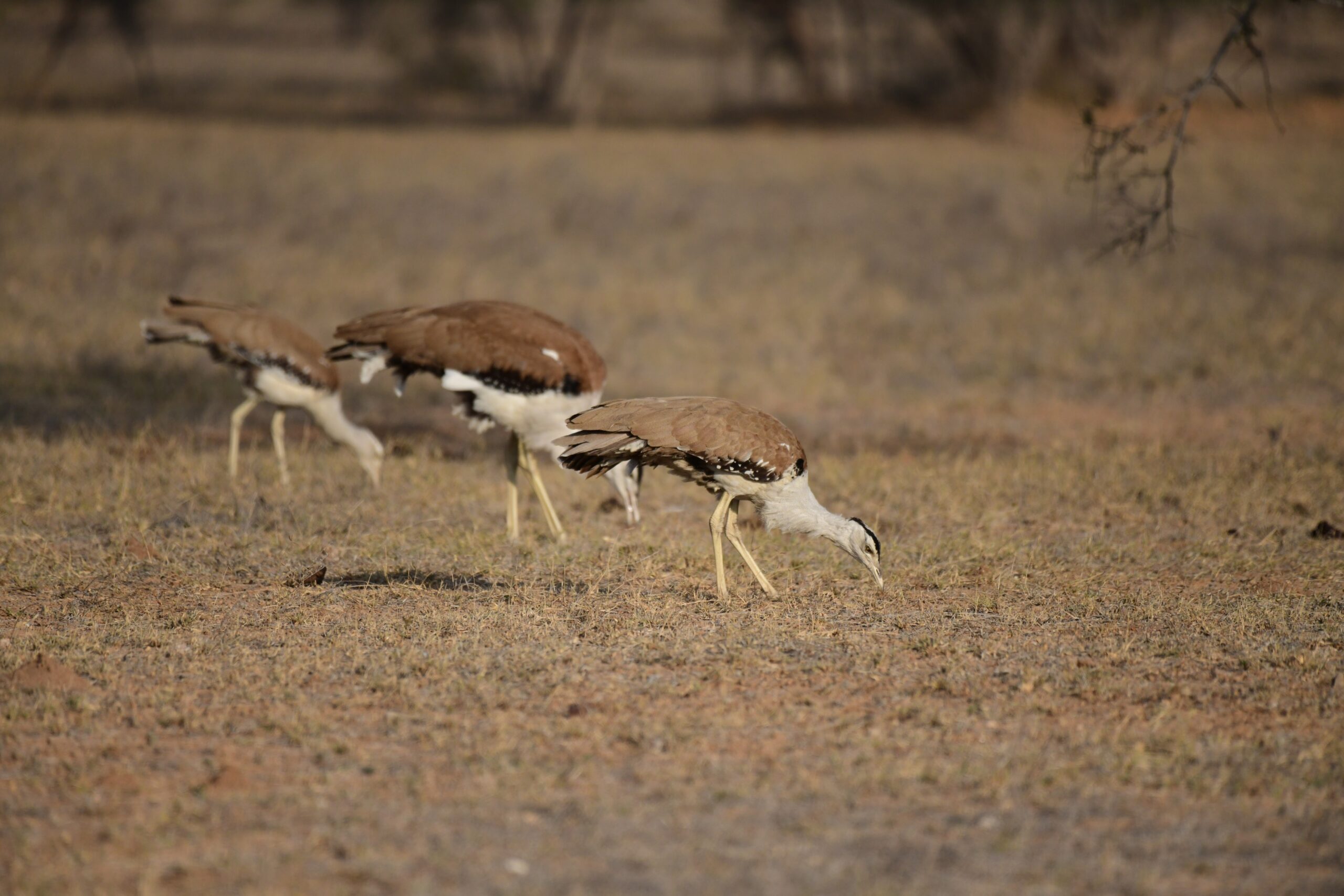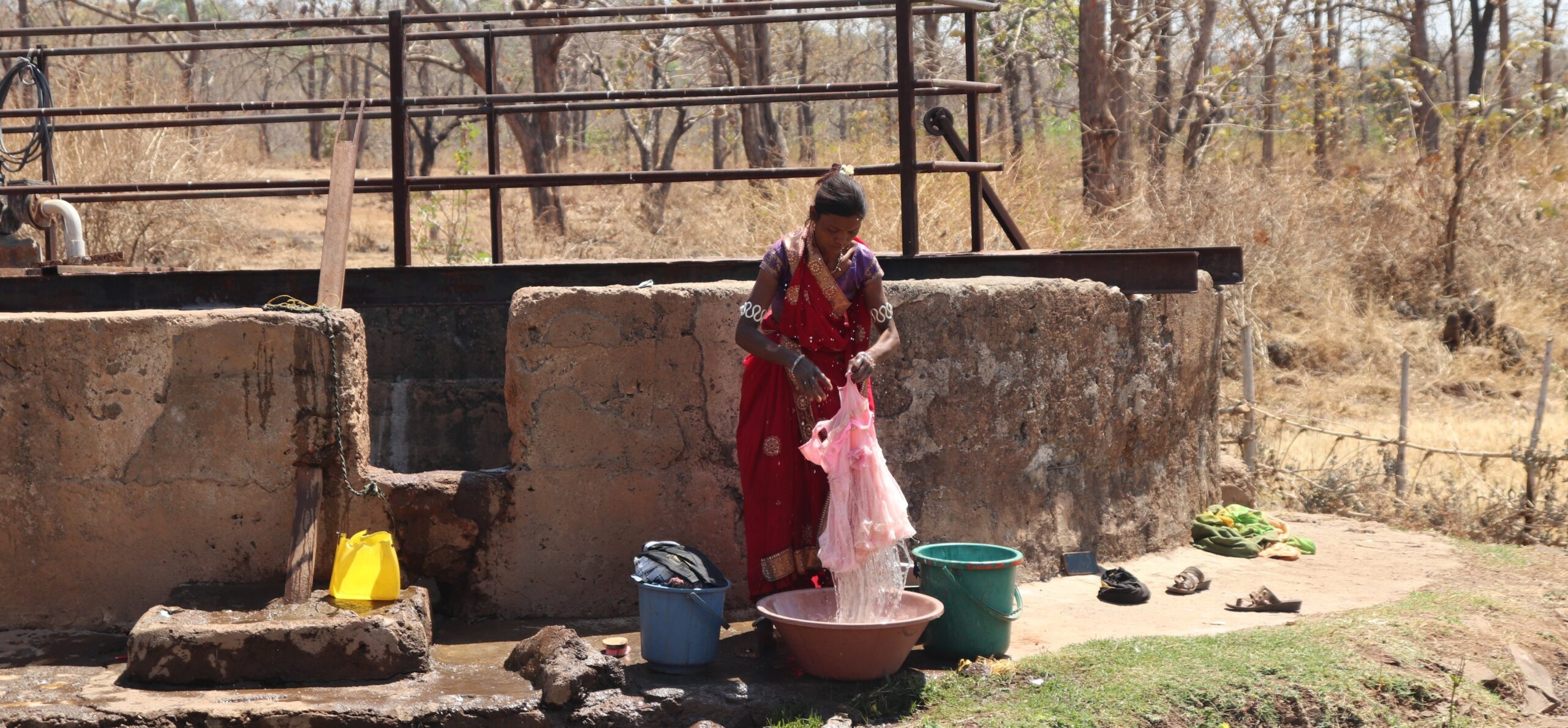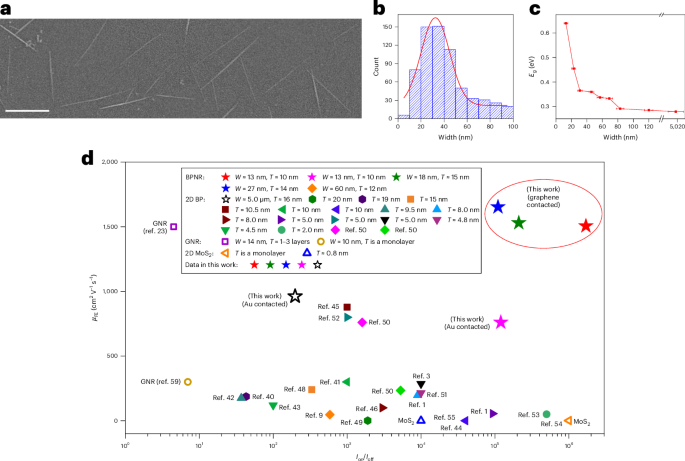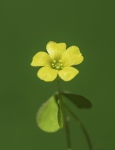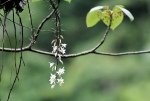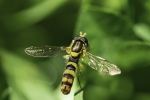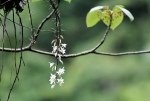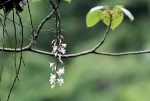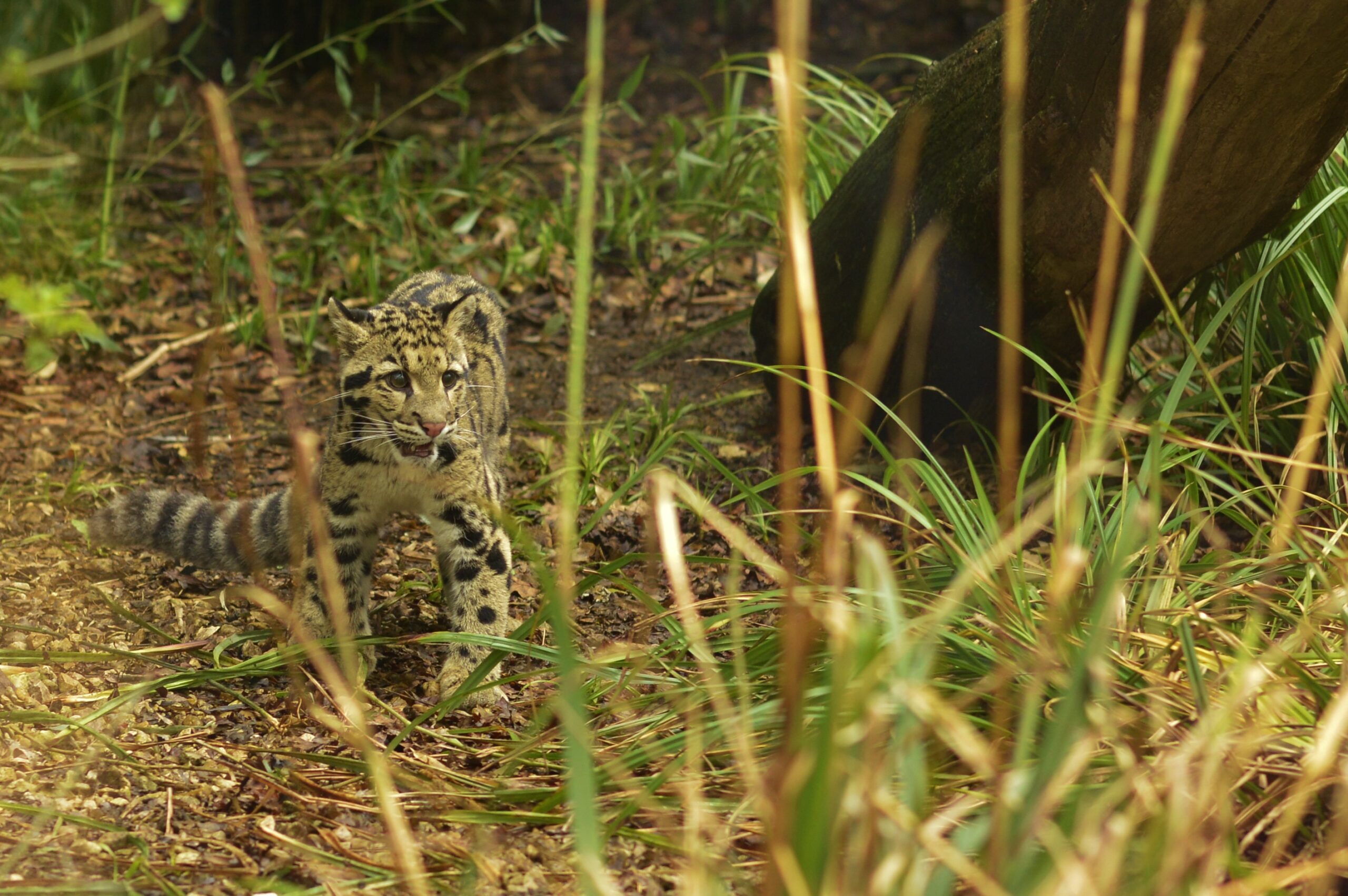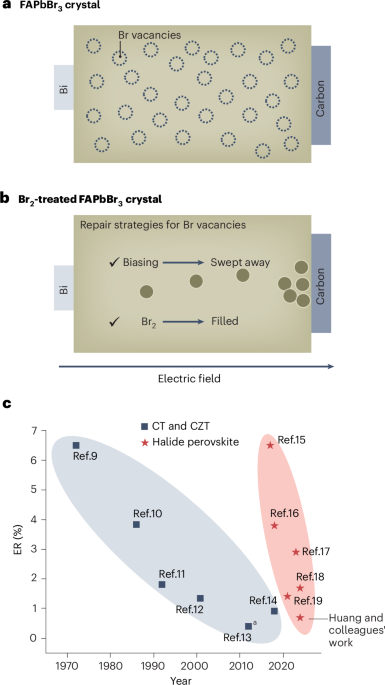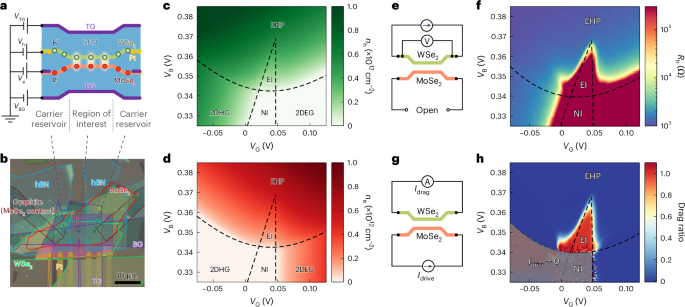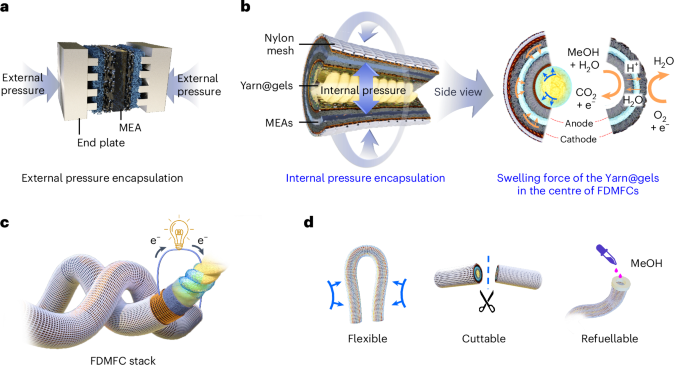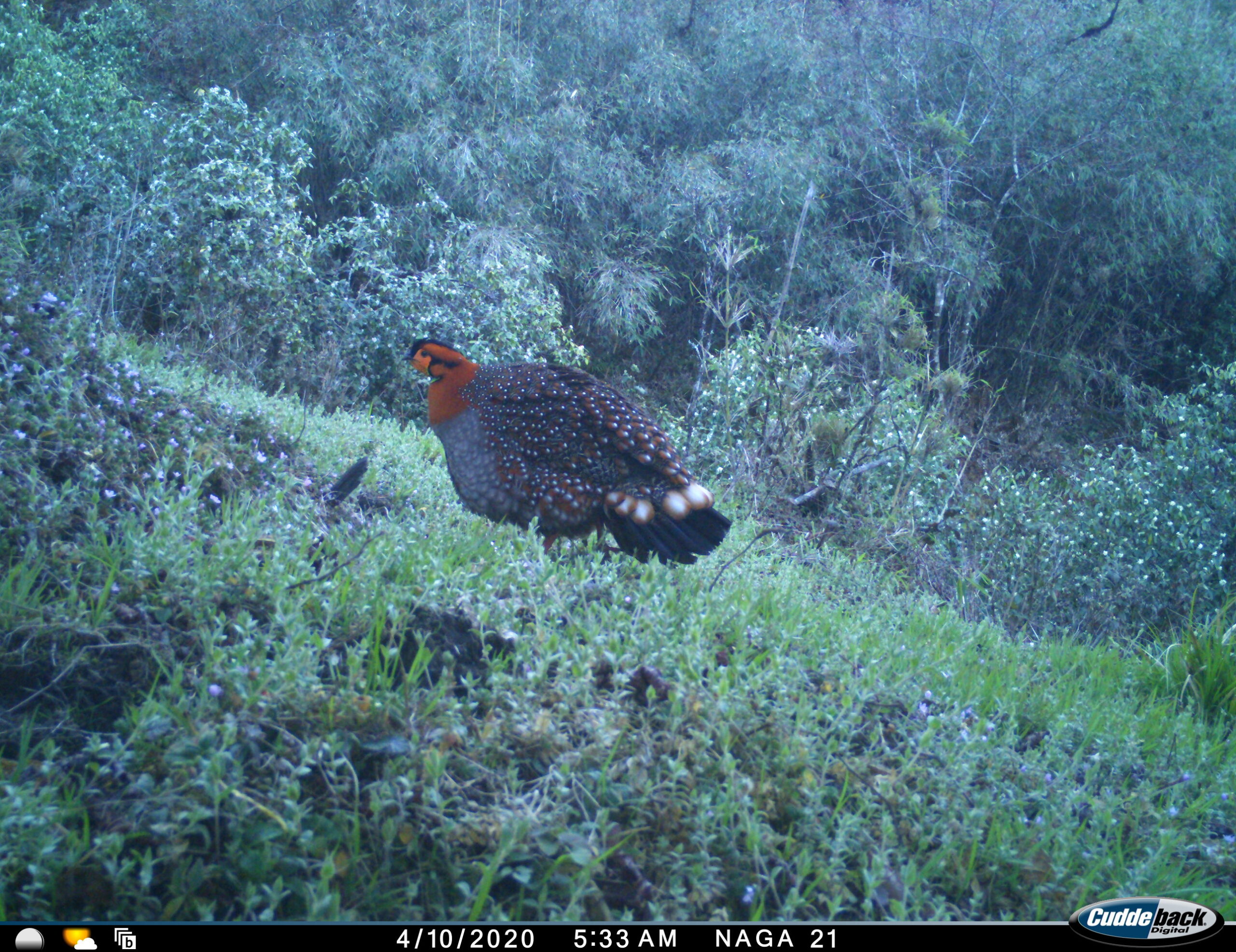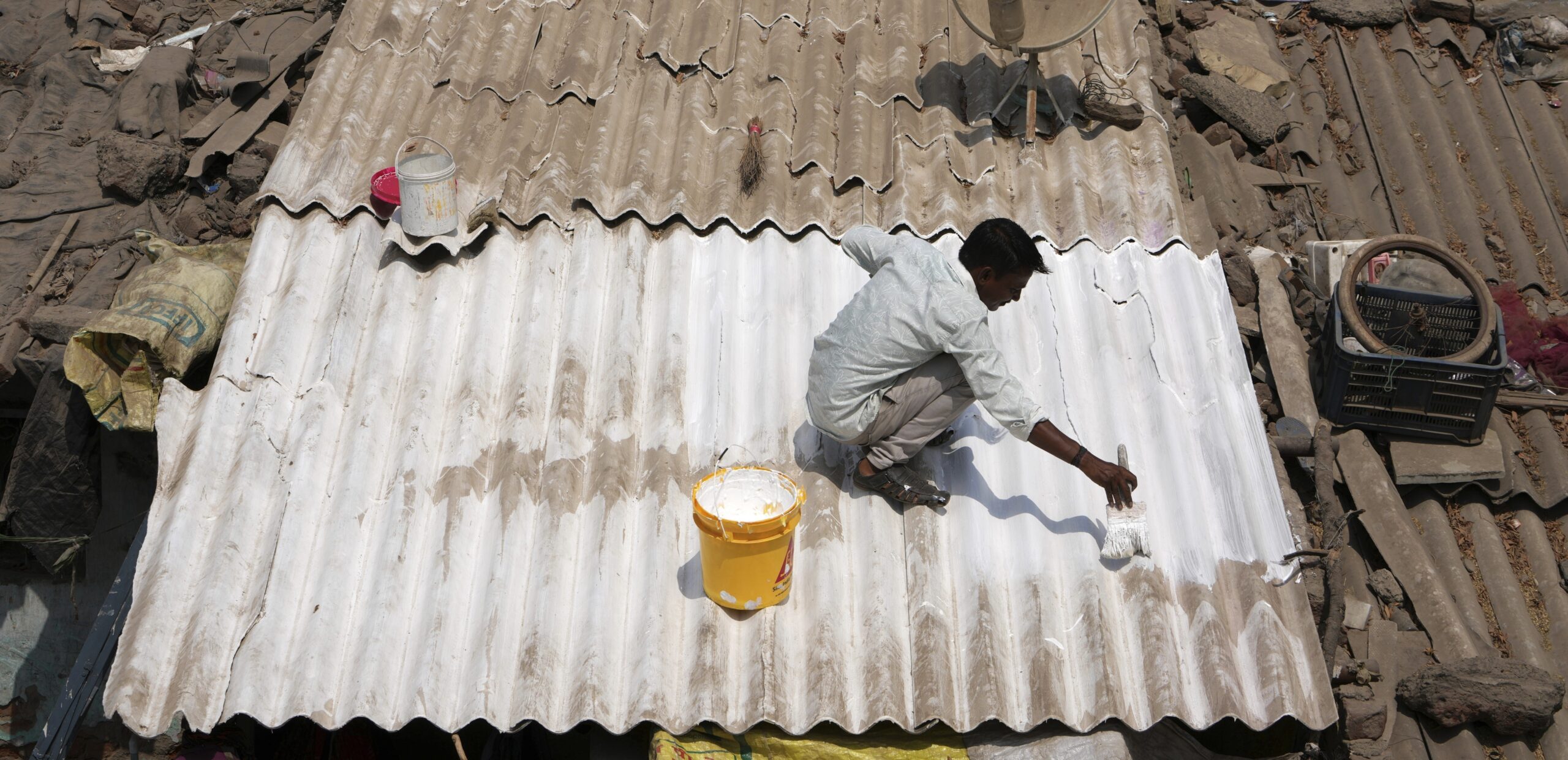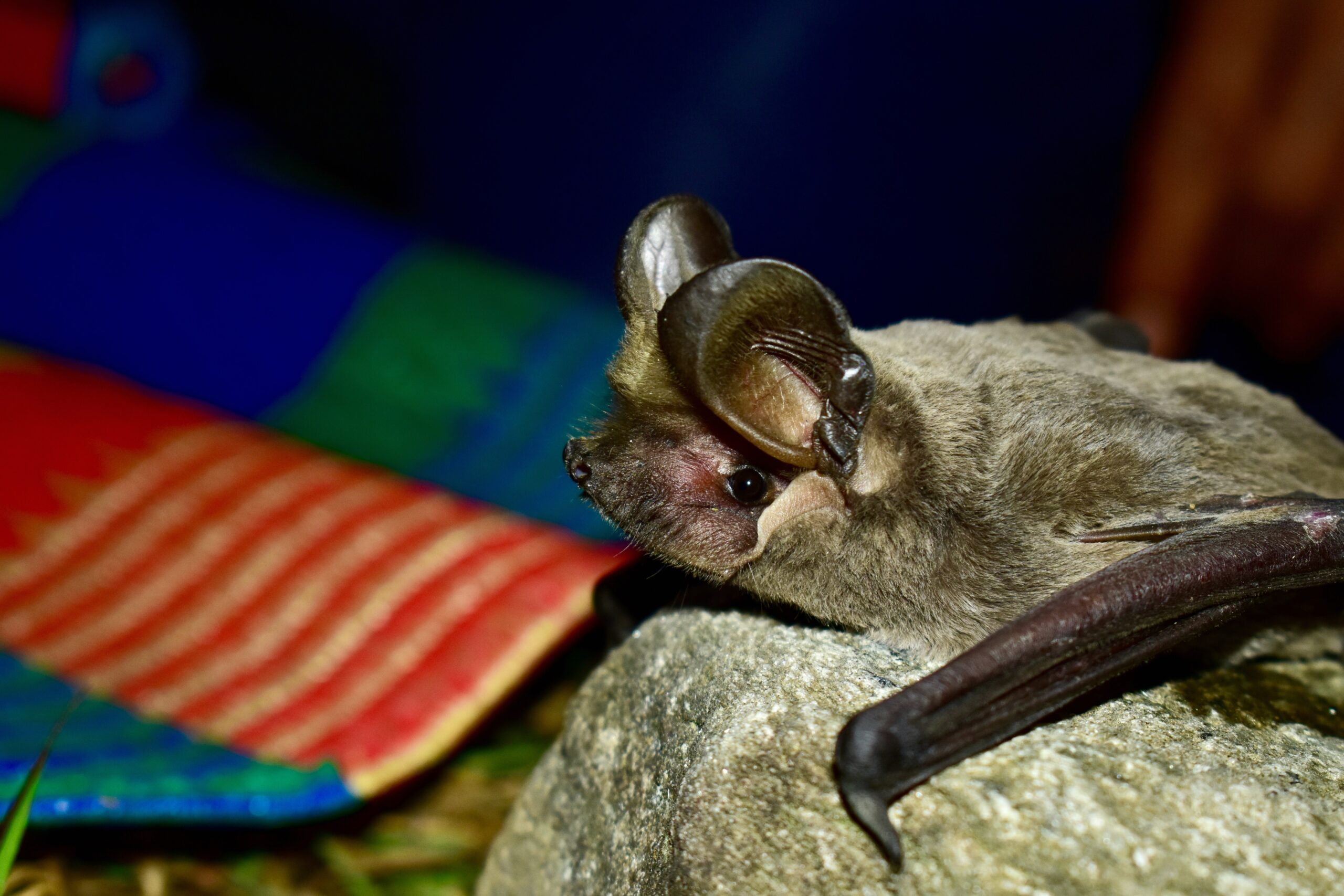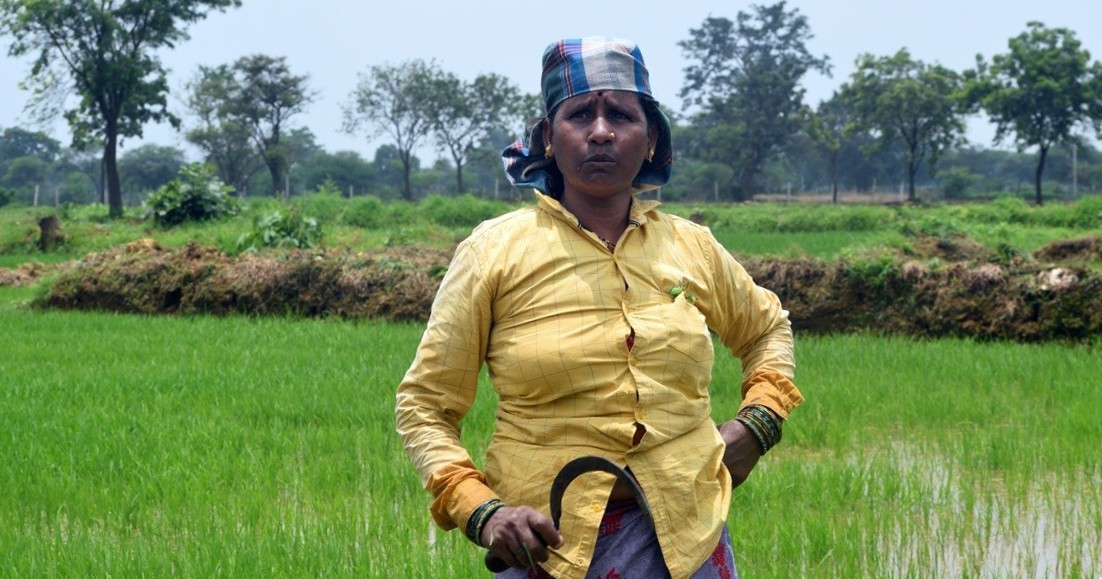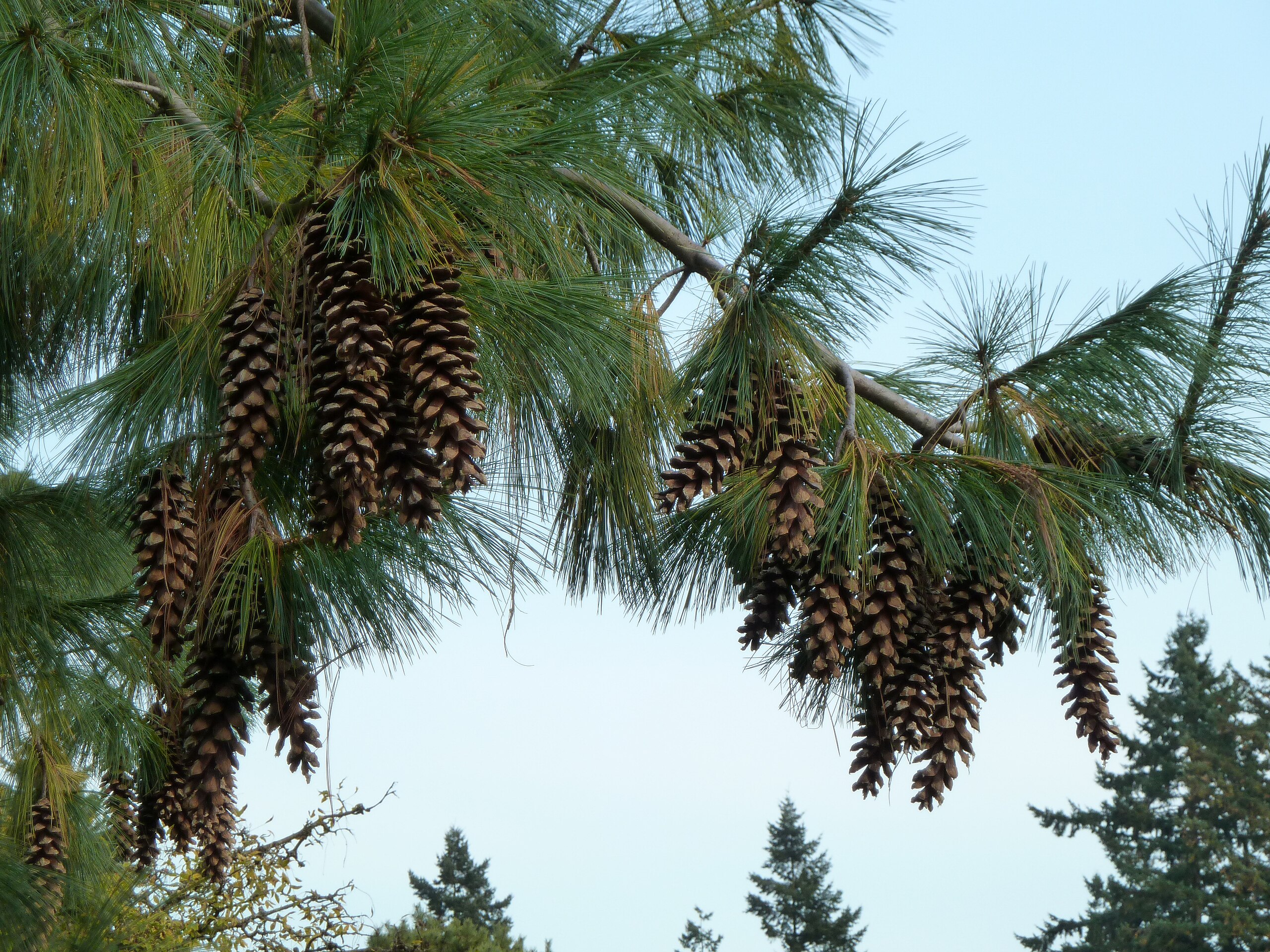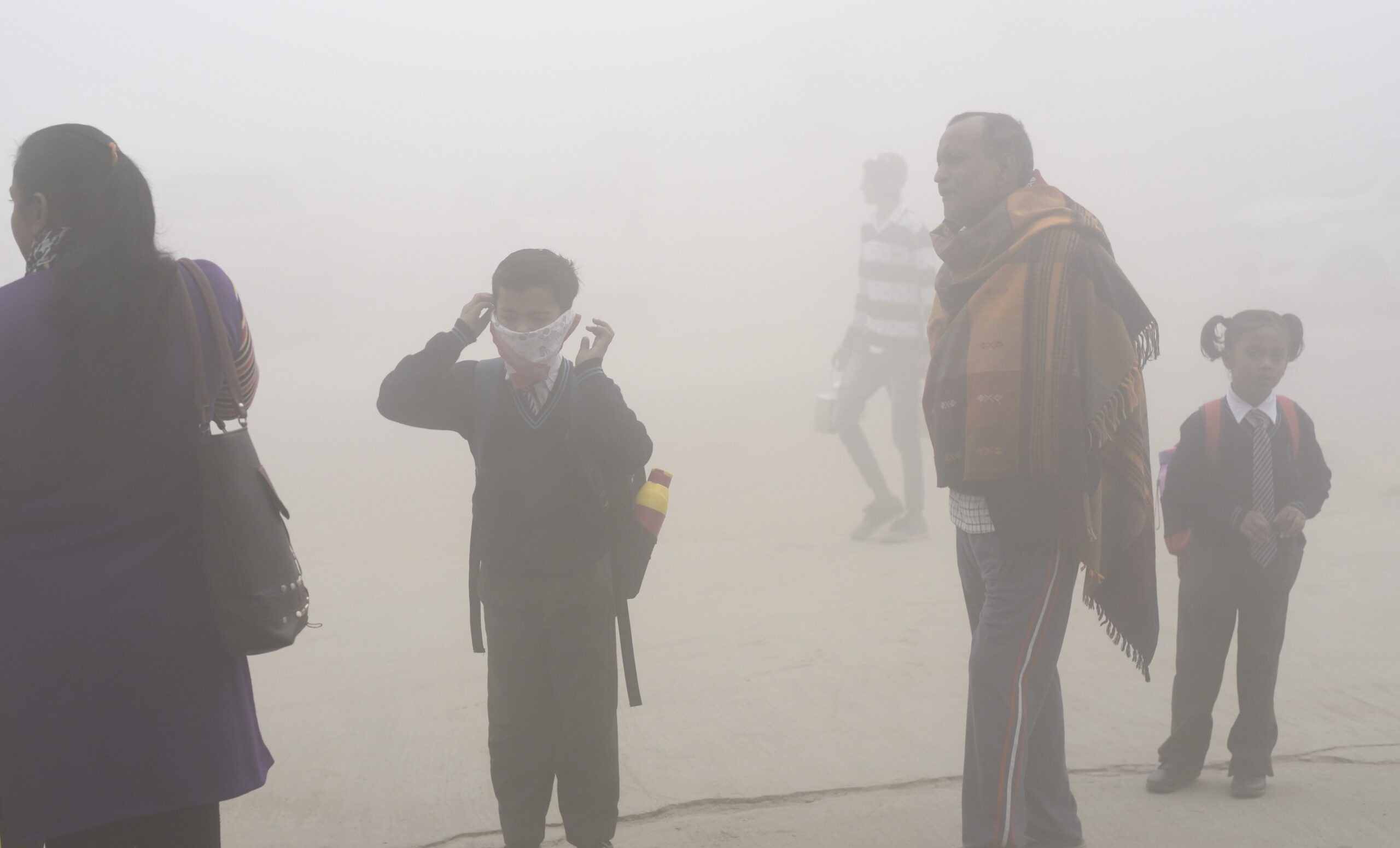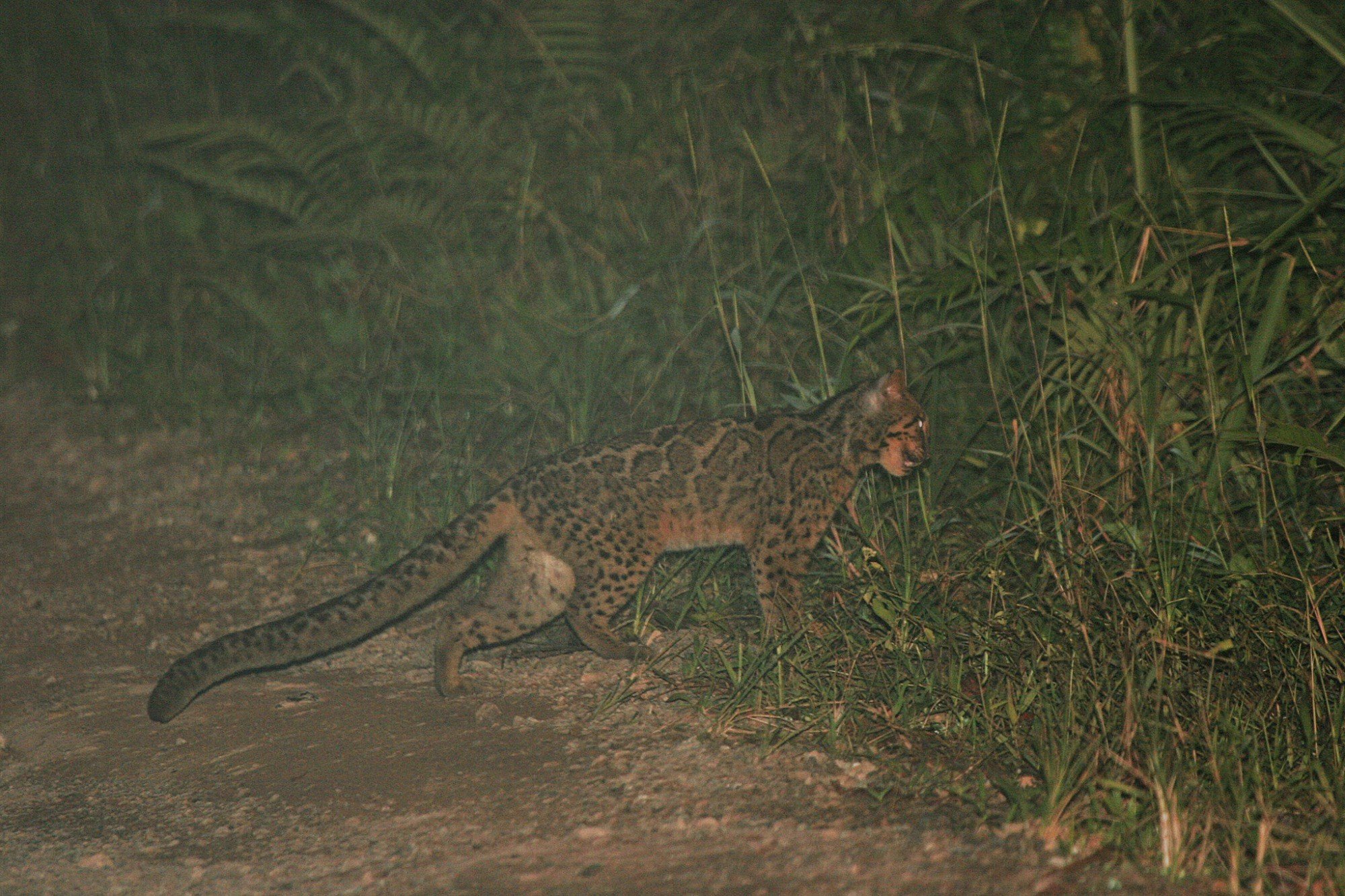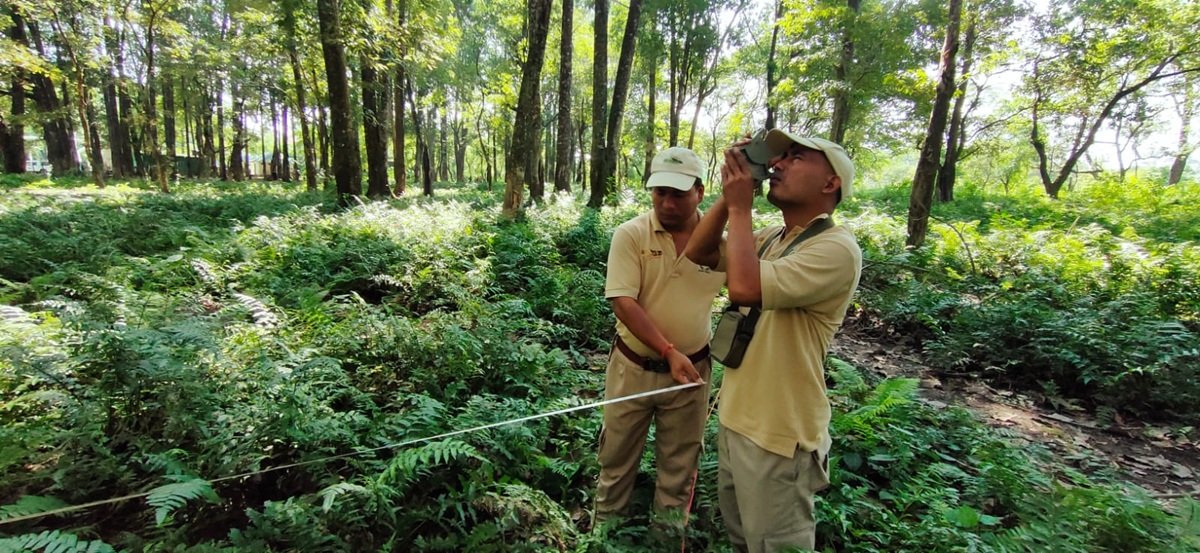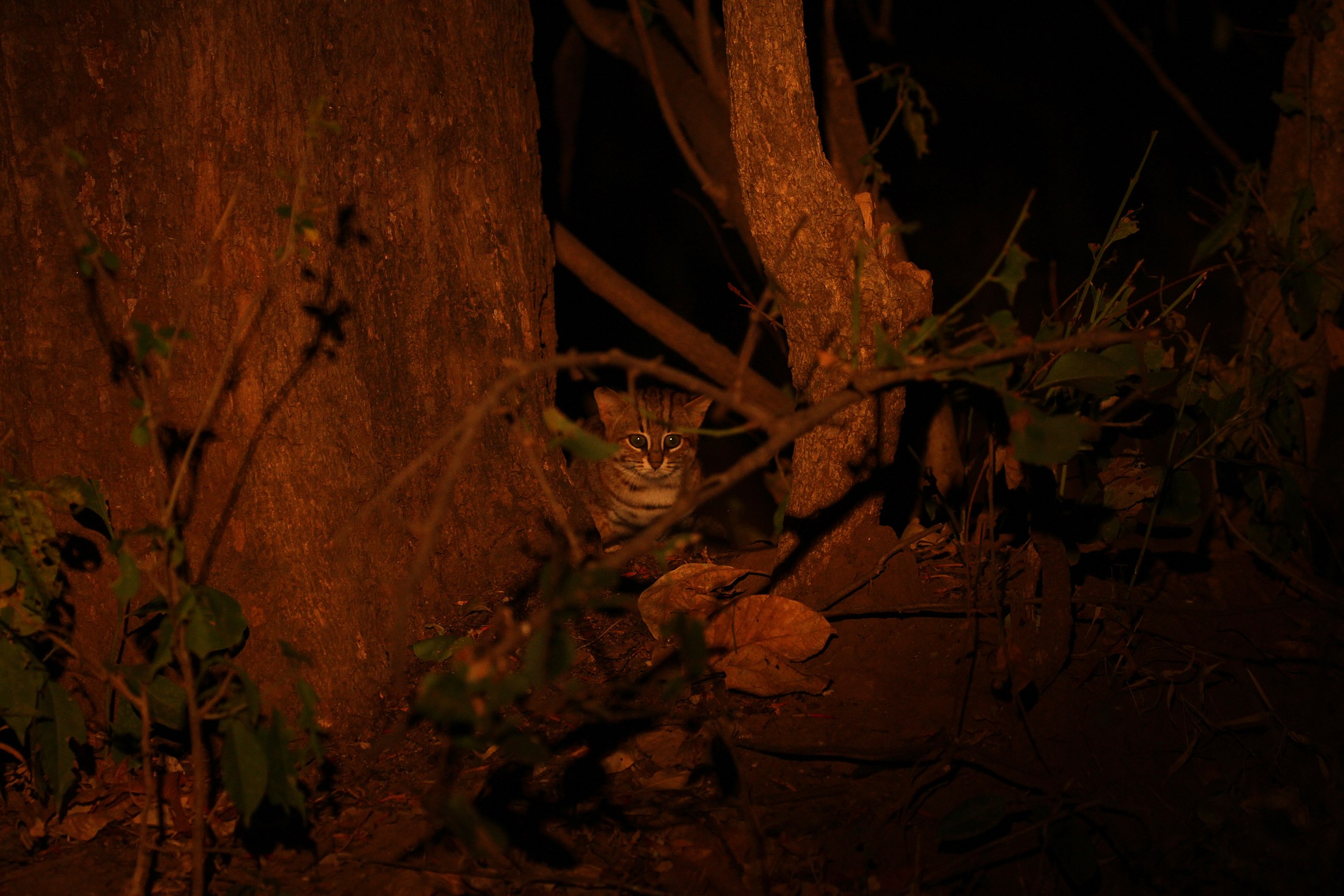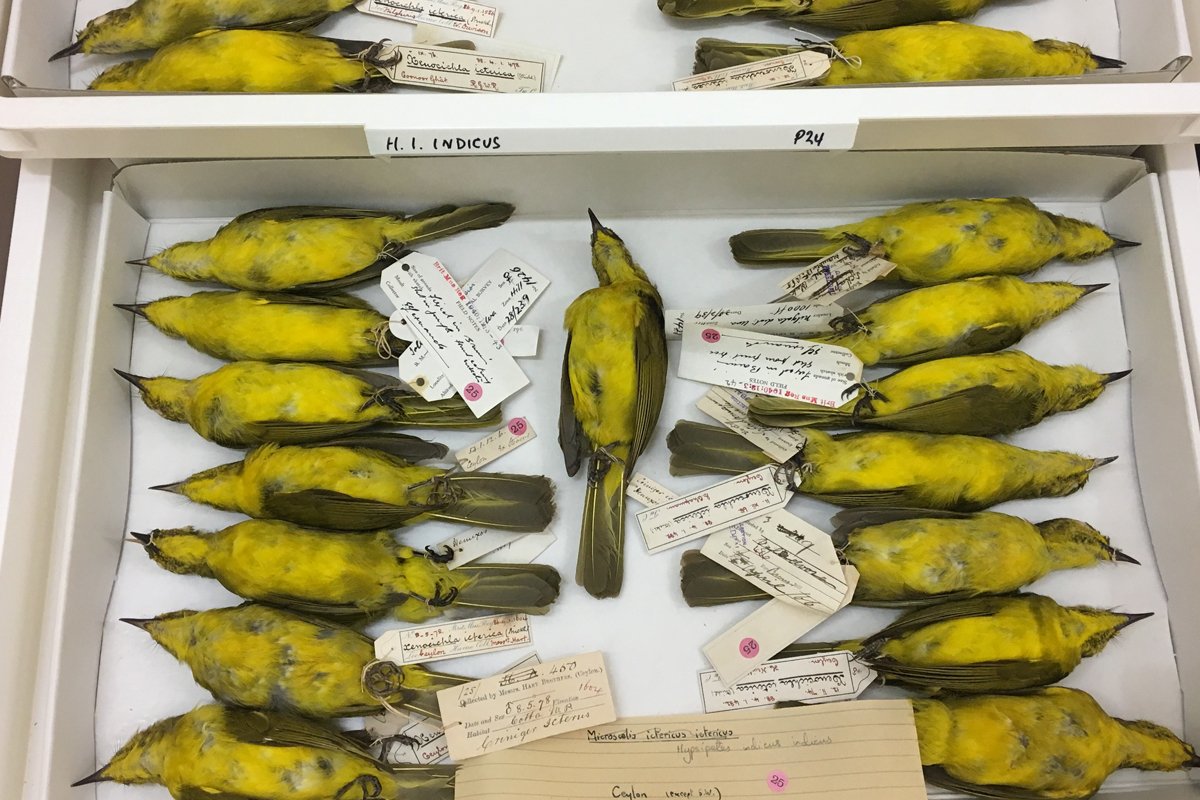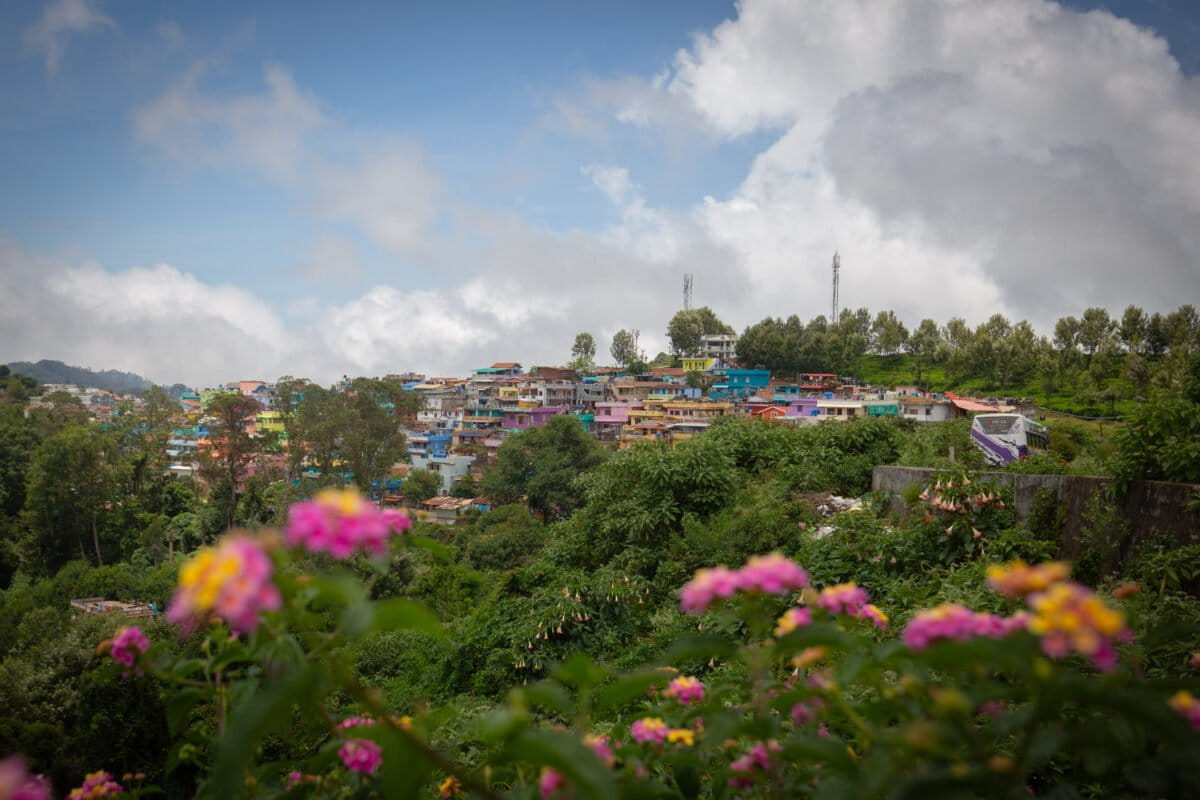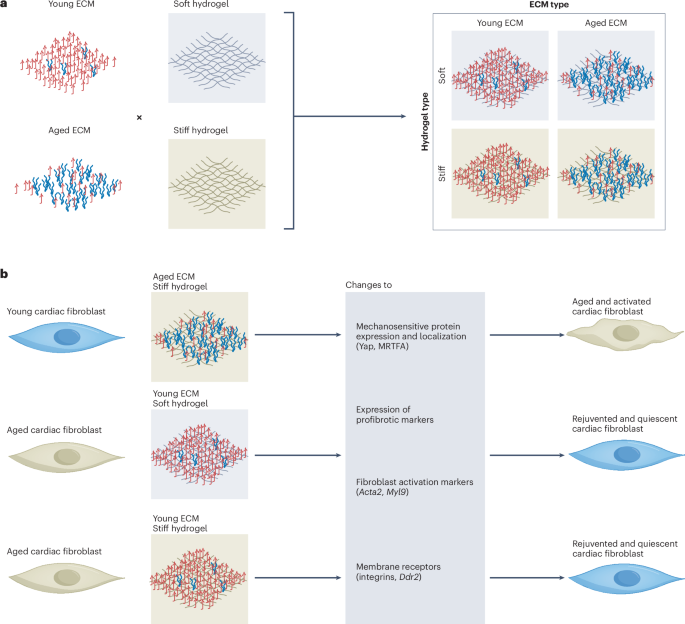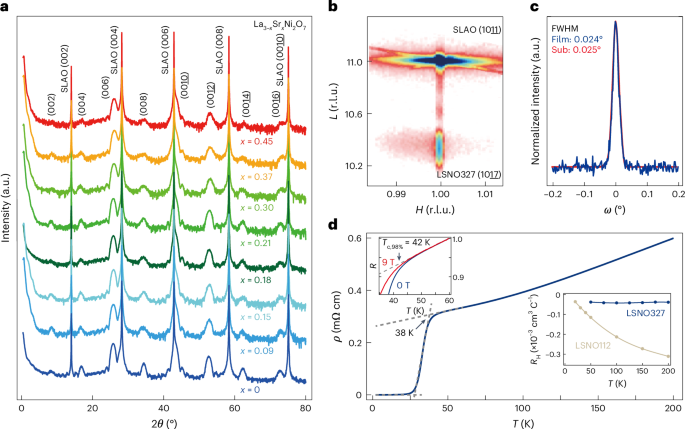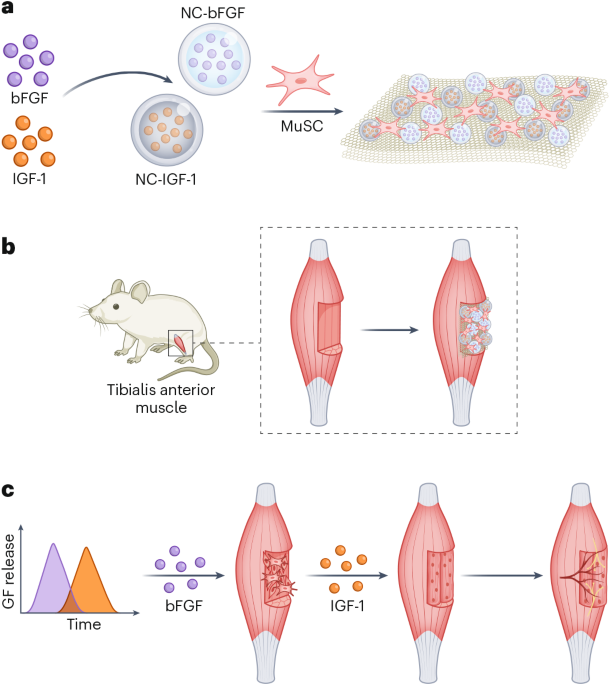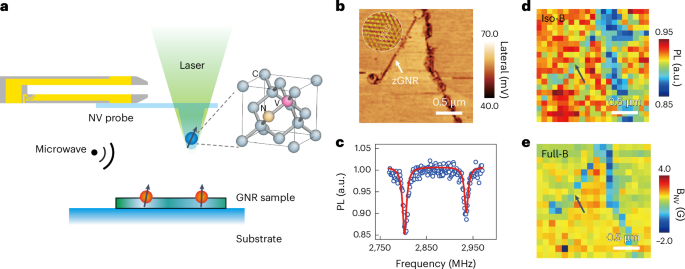
- An ancient heirloom grain valued for its climate resilience and nutritional benefits, Khapli or Emmer wheat is being revived by farmers in Maharashtra’s Jalgaon district.
- Efforts by individual farmers and research institutions have led to the development of improved semi-dwarf Khapli varieties, boosting yield, disease resistance, and marketability.
- Despite growing demand and its premium price, Khapli wheat faces adoption hurdles mainly due to labour-intensive processing methods.
Under the golden sun of Maharashtra’s Khandesh region, farmers in Jalgaon are reviving an ancient grain — Emmer wheat, locally known as Khapli gehu. Once a staple for their ancestors, this heirloom variety is making a steady comeback in the region’s fertile soils. Valued for its climate resilience and health benefits, it is drawing interest from both seasoned cultivators and a new generation of growers. The crop has reconnected Jalgaon’s farming families to their roots while offering a path towards sustainable agriculture and improved livelihoods.
From ancient settlements to modern farms, Khapli wheat (Triticum dicoccon Schrank) has retained its relevance thanks to its genetic hardiness and nutritional value — qualities that in recent years are inspiring a renewed wave of cultivation across Maharashtra.
Jalgaon district, in northwestern Maharashtra, receives an average annual rainfall of around 690 mm, most of which falls during the southwest monsoon season from June to September. The region often grapples with climatic challenges such as droughts, heatwaves, and erratic rainfall, all of which directly impact agricultural productivity. Cotton and banana are the district’s primary crops. Wheat, however, holds an important place in the local agricultural landscape.
Inspired by the health benefits of Emmer wheat, Vaishali Patil, a farmer from Jalgaon, obtained a few seeds from the Agharkar Research Institute’s agricultural farm in Baramati in December 2018. She initially planted them on two acres to provide nutrition to her mother who was battling leukaemia. But within three years, she says, she expanded the cultivation to 20 acres. As word spread through a krishi mela (farmers fair) and local media coverage, enterprising farmers started showing interest. “I have so far produced around 400 quintals, most of them sold as seeds to farmers in Jalgaon and others.”
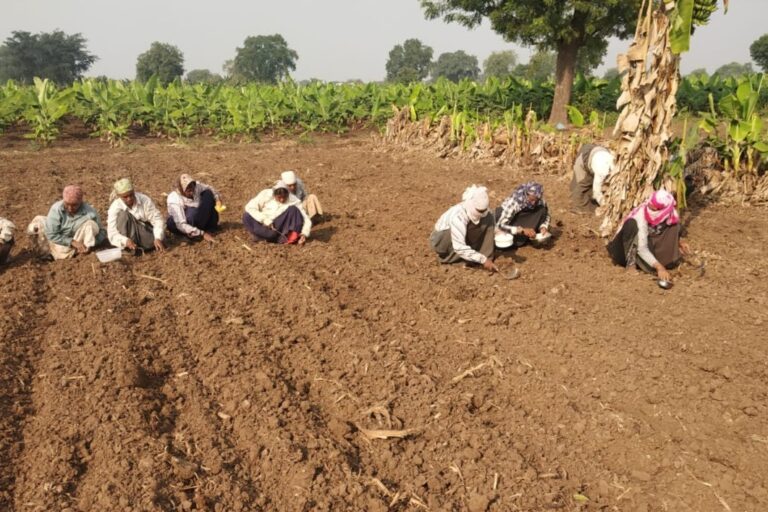
Reviving an ancient grain
Khapli wheat was among the earliest cereals domesticated in the Fertile Crescent, a fertile region in present day Middle East where early agriculture and some of the first human civilizations began. The crop traces its cultivation back to the Neolithic site of Mehrgarh (6000-5000 BCE). It reached India through multiple migration routes and is currently cultivated primarily in Karnataka, Maharashtra, coastal Gujarat (Saurashtra), Tamil Nadu, and Andhra Pradesh.
The earliest documented cultivation of Emmer wheat in India is concentrated in Gujarat, Maharashtra, and Karnataka, with some presence in parts of Tamil Nadu and Andhra Pradesh.
As per a report published by A.B. Damania, Department of Plant Sciences, University of California, “Archaeological findings from Kunal in Haryana, Kanishkapura in Kashmir, Harappan settlement of Rohira in Punjab also show evidence of Khapli cultivation.” The report speculates that Khapli wheat came to Kashmir from the Middle East through Persia and Afghanistan and to southern India by sea from northeastern Africa. Today Khapli wheat is estimated to be only 1% of all wheat grown in India.
India’s first systematic collection of Emmer wheat landraces began in the early 1950s at Rishi Valley in Andhra Pradesh and the Indian Agricultural Research Institute’s regional station in Wellington in Tamil Nadu. Prominent tall varieties selected during this period were named NP-200, NP-201, and NP-202. These varieties, however, were prone to lodging (bending or breaking) due to their height. Significant progress was made in 1997 when the University of Agricultural Sciences, Dharwad, developed DDK1001, the world’s first semi-dwarf dicoccum wheat variety.
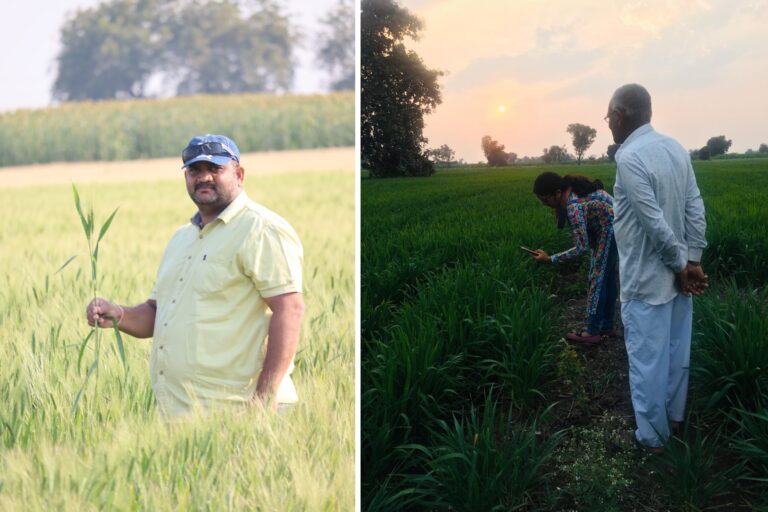
By the late 1960s, several semi-dwarf dicoccum wheat varieties, introduced under the All India Coordinated Research Project (AICRP) on wheat and barley, began replacing the traditional tall Indian dicoccum varieties.
“The DDK (Dharwad Dryland Kharif) varieties, namely 1025, 1029, and 1063, are semi-dwarf, are resistant to black and brown rust with hard elongated and red-coloured grains. It’s grown in parts of northern Karnataka, southern Maharashtra, coastal villages of Gujarat, small areas of Tamil Nadu and Andhra Pradesh,” says Suma S. Biradar, principal scientist (Genetics & Plant Breeding) and head, AICRP on Wheat MARS (Main Agricultural Research Station), University of Agricultural Sciences, Dharwad. “In Karnataka, Khapli is barely 2% of the total wheat area. It’s mainly used for making roti/chappati, bhakri, khakra, porridge, breads, cakes, and even traditional sweets like laddoos.”
Following the development of the DDK series of Khapli wheat varieties, the Agharkar Research Institute, Pune, a key centre for wheat research and breeding in India, introduced its own range of improved wheat cultivars under the MACS designation. The MACS varieties have been bred for improved yield, disease resistance, nutritional quality, and adaptability, building on the legacy of earlier Khapli wheat improvements.
The most recent Khapli variety cultivated by farmers in Rahuri taluka of Ahilyanagar (formerly Ahmednagar) district is Nilgiri Khapli (HW 1098), a semi-dwarf dicoccum wheat variety known for its high yield and disease resistance.
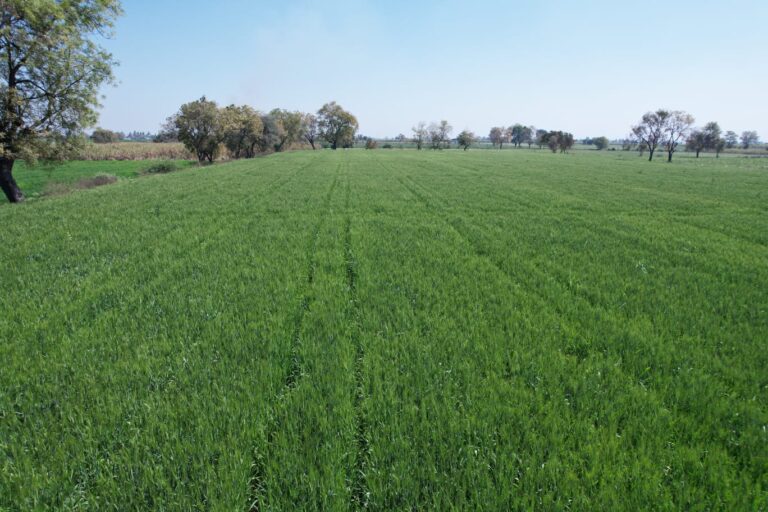
A healthy grain
Emmer wheat offers significant nutritional benefits, primarily due to its high fibre content, antioxidant compounds, easily digestible protein, and resistant starch, along with its slow carbohydrate digestion. Its health benefits are motivating local farmers to grow it not only for personal consumption but also for niche markets seeking traditional and healthy grains.
According to Kurban Tadavai, District Superintendent Agricultural Officer and Project Director of the Agricultural Technology Management Agency (ATMA), Jalgaon has emerged as a hub for Khapli wheat cultivation. The grain is now grown on approximately 1,500 acres across the talukas of Raver, Chopda, Parola, Dharangaon, Muktainagar, and Yaval in the district. “Khapli wheat seeds are available at 12 centres in the district. The agriculture department has made arrangements to ensure the availability of quality seeds. Farmers are encouraged to use certified seeds for better yield and disease resistance,” he says.
While farmers like Vaishali Patil began cultivating Khapli wheat motivated by its health benefits, a growing number of cultivators, such as 45-year-old Milind Shah, are recognising its economic and ecological promise. A resident of Chahardi village in Jalgaon’s Chopda taluk, Shah began growing Khapli in 2020, sourcing seeds from a pioneering farmer in nearby Raver. He has continued ever since. “I harvest a formidable 12 to 15 quintals per acre,” he says. “Khapli is the food of the elite, priced at ₹80 per kg, compared to bread wheat at ₹30.” Scooping up a handful of soil, he adds, “When cultivated using entirely organic methods, Khapli has a remarkable ability to enrich the soil’s carbon content.”
Despite its rising demand and health appeal, Khapli wheat faces a key bottleneck: processing. Its labour-intensive threshing has long deterred wider adoption. “Unlike free-threshing varieties like durum or common wheat, where the outer layers separate easily, Khapli’s spikelets remain intact. Threshing requires greater force and additional steps like hand threshing, flailing, or soaking to loosen the grains,” explains Vijendra Baviskar, a wheat agronomist with the ICAR-AICRP on Wheat at the Agharkar Research Institute in Pune.
With its climate resilience, nutritional value, and soil-building capacity, Khapli wheat offers more than heritage — it offers a path to sustainable farming. Realising this potential, however, will require targeted efforts in seed accessibility, farmer incentives, and widespread awareness.
Read more: The hidden side of millet farming
Banner image: A farmer shows a sample of his Khapli harvest. Image by special arrangement.










